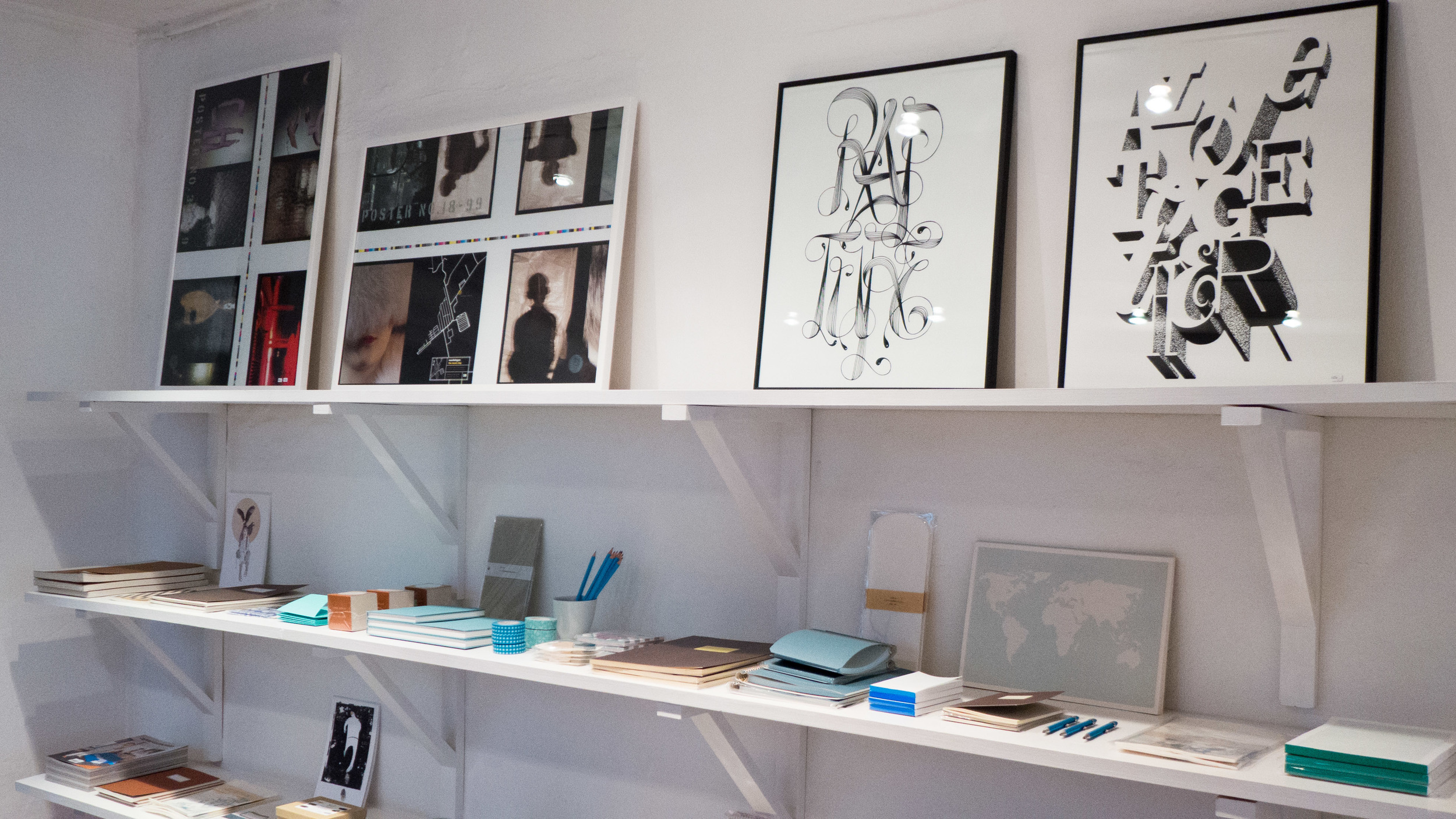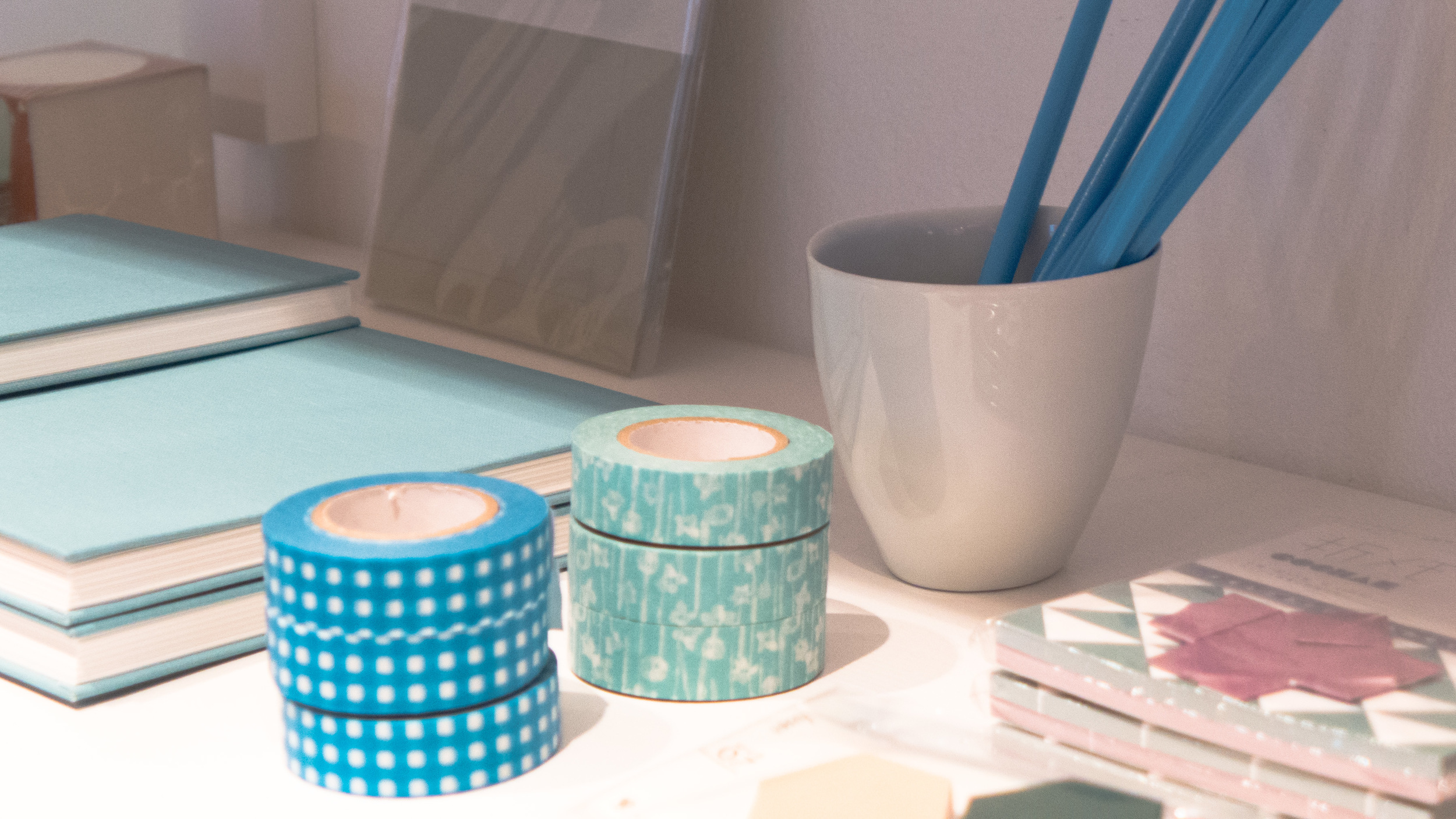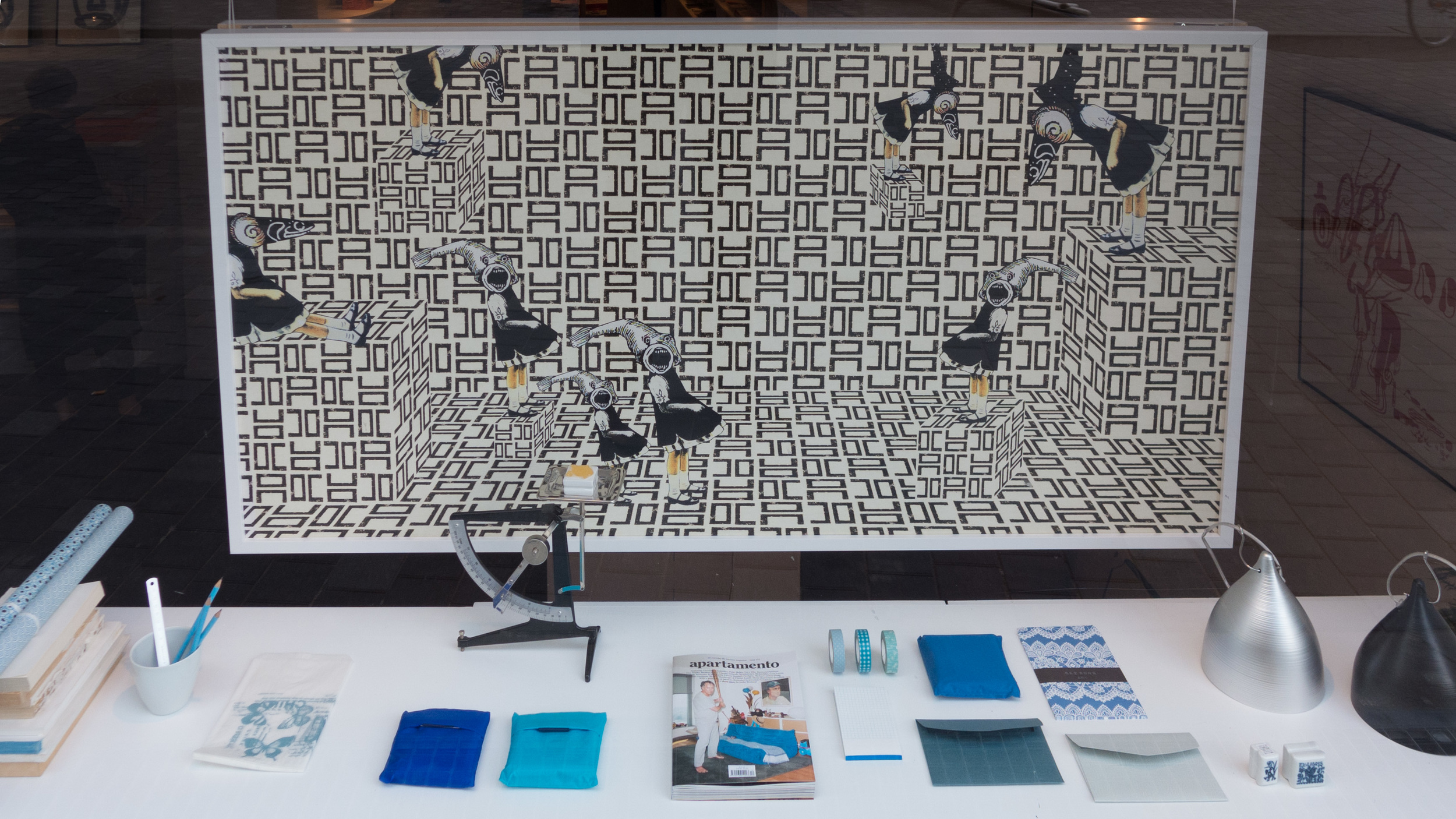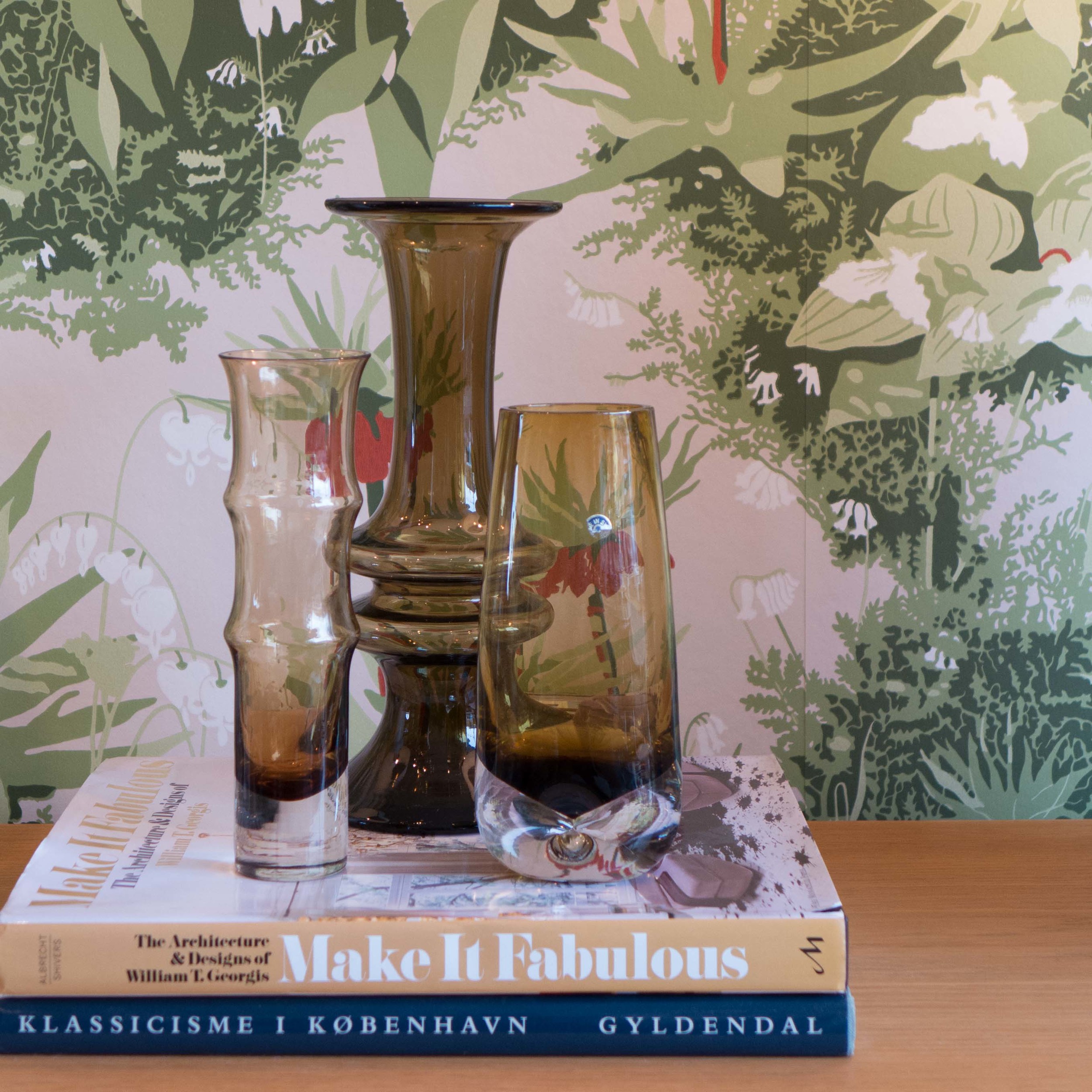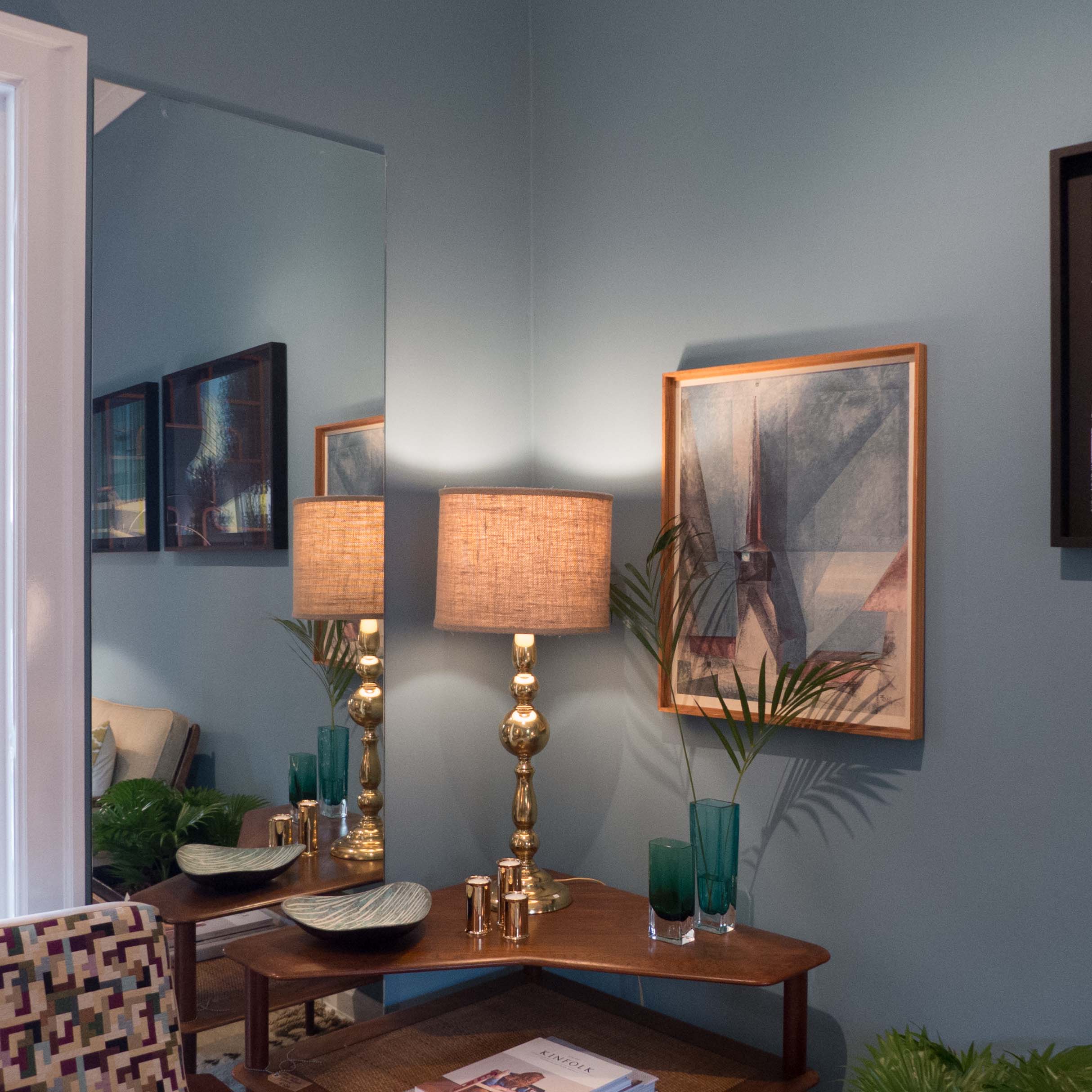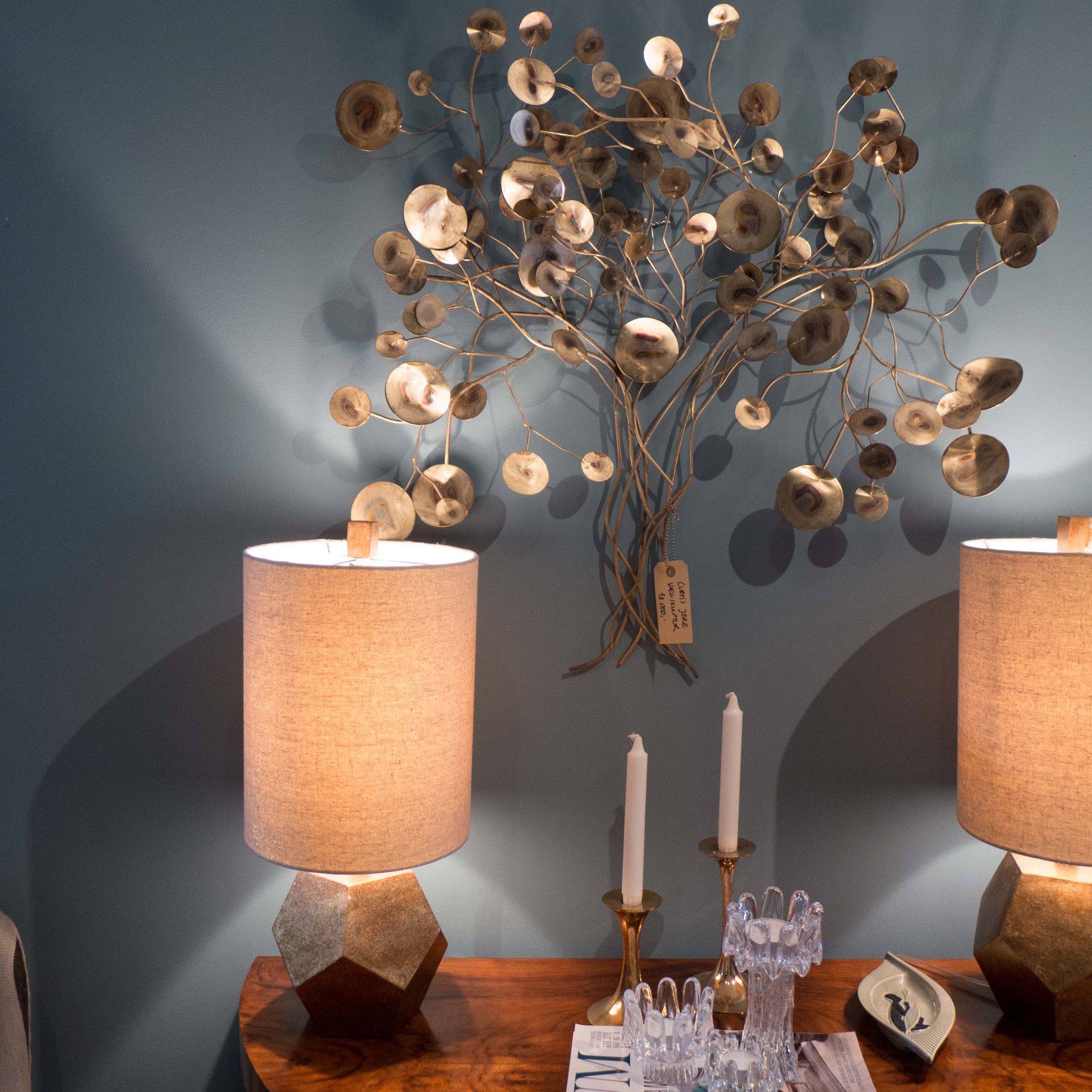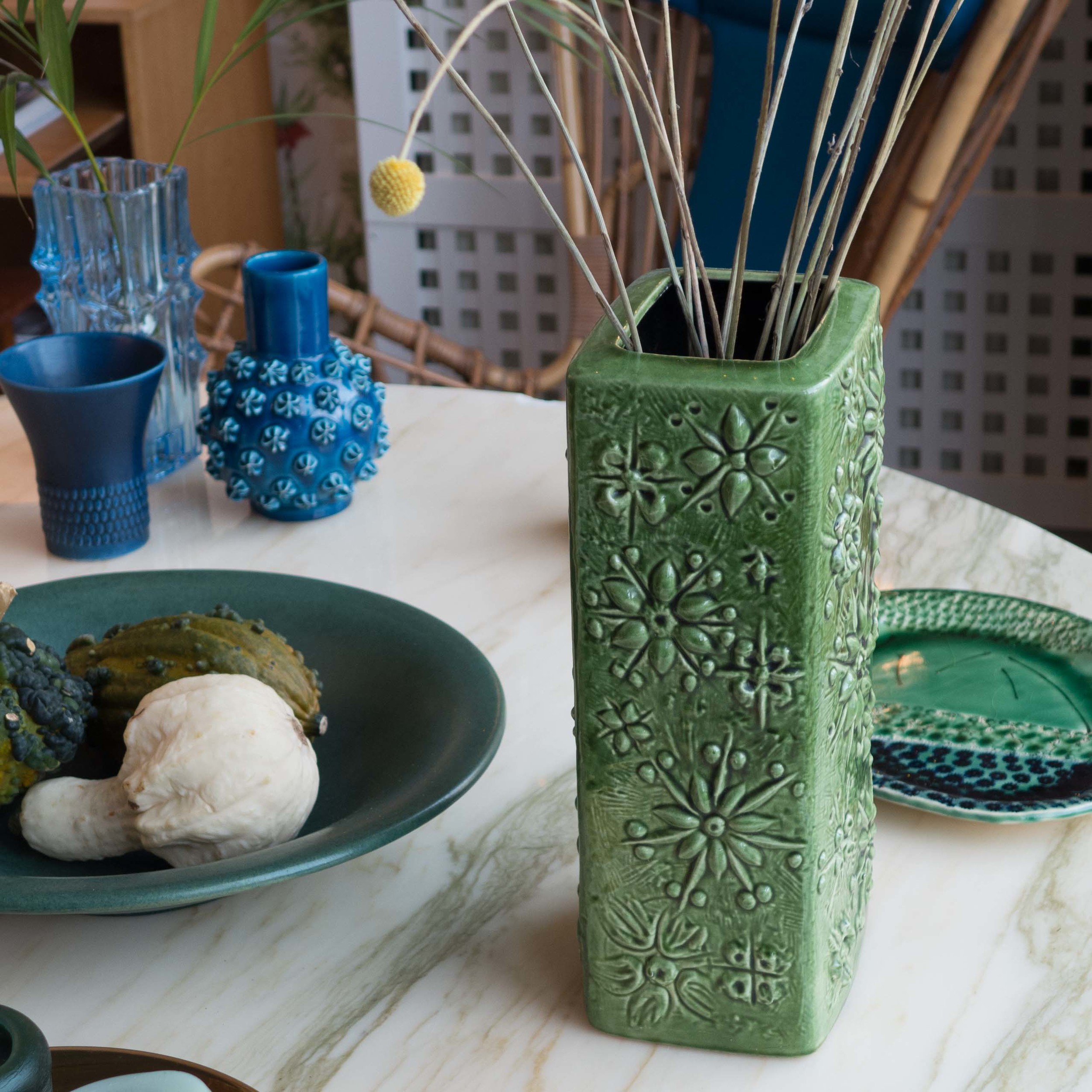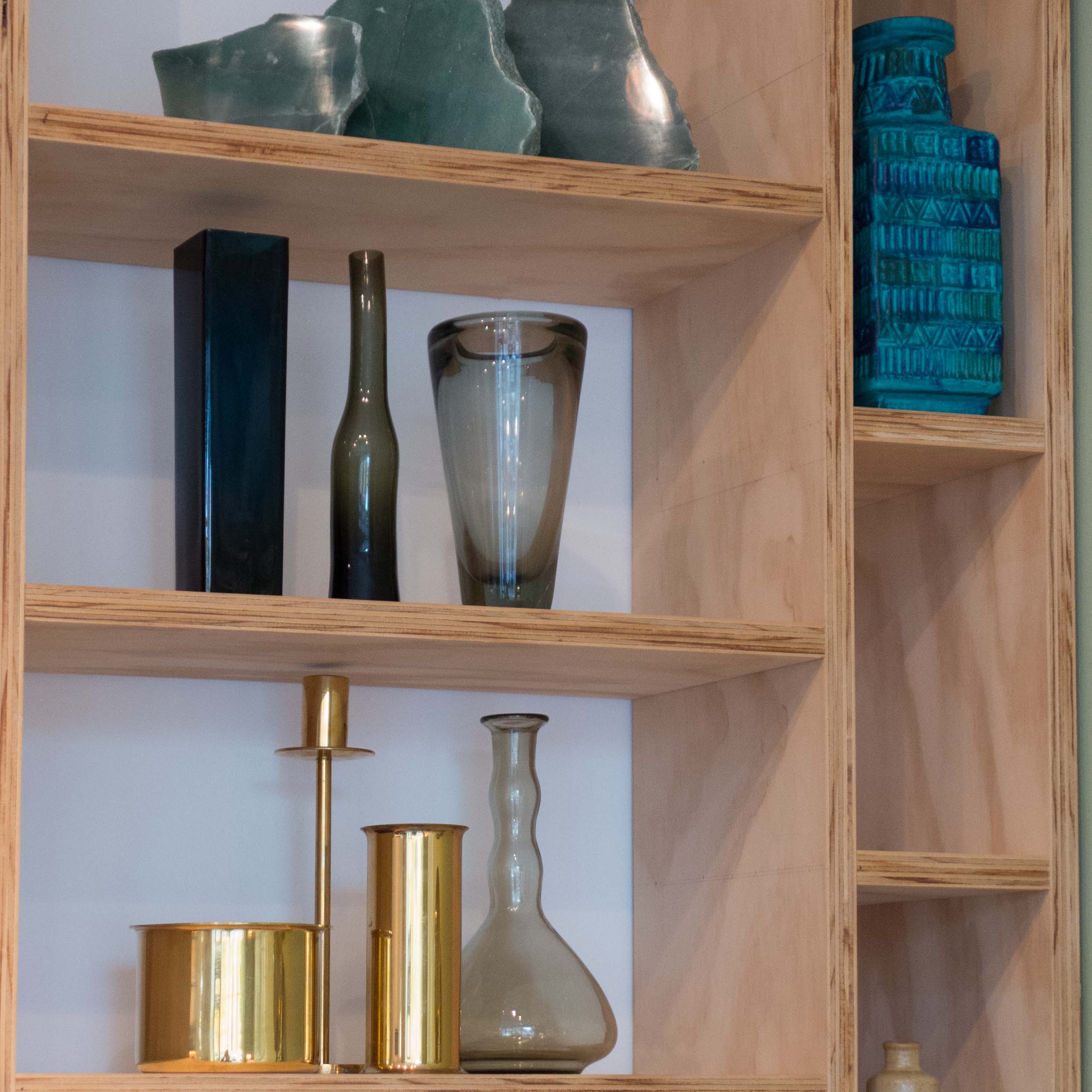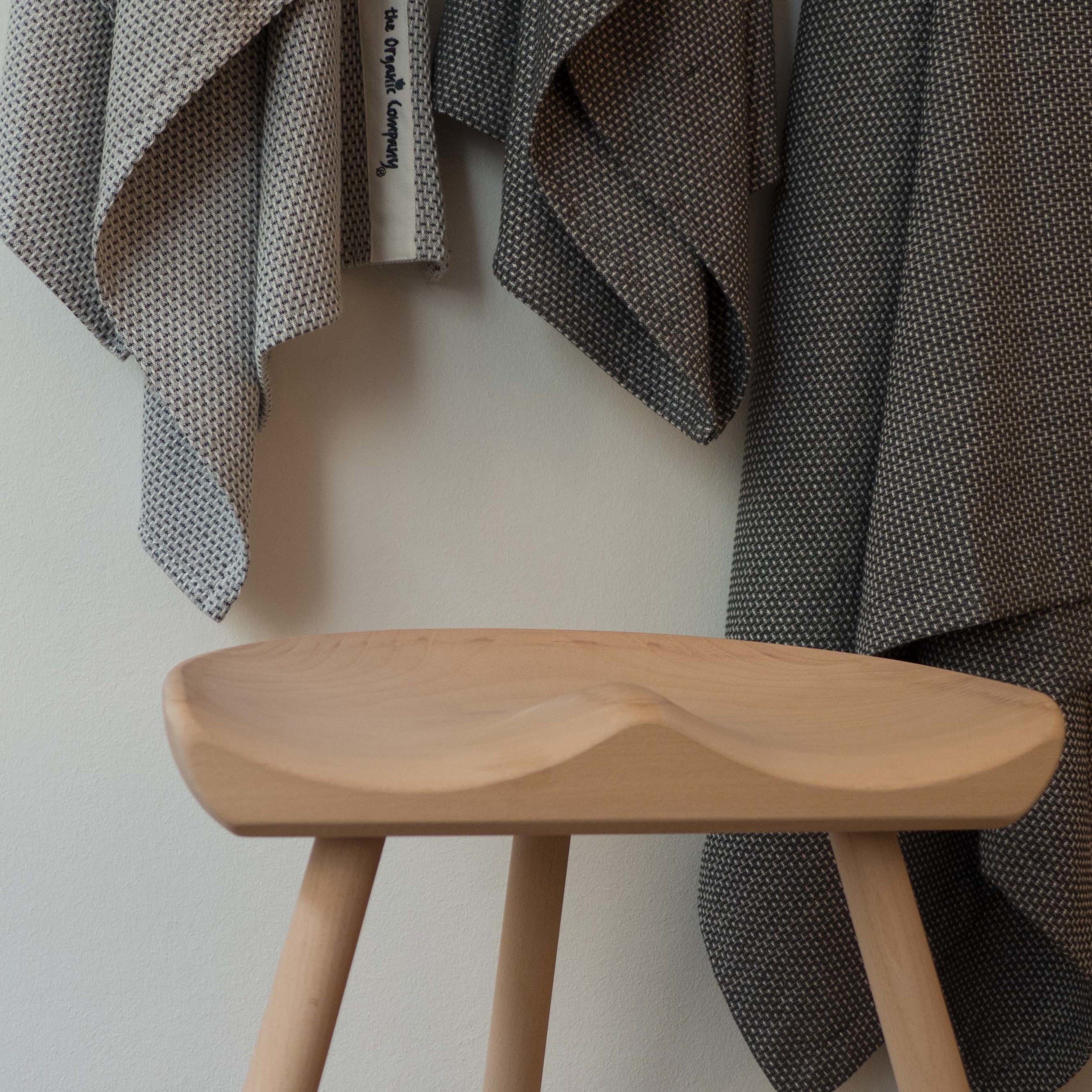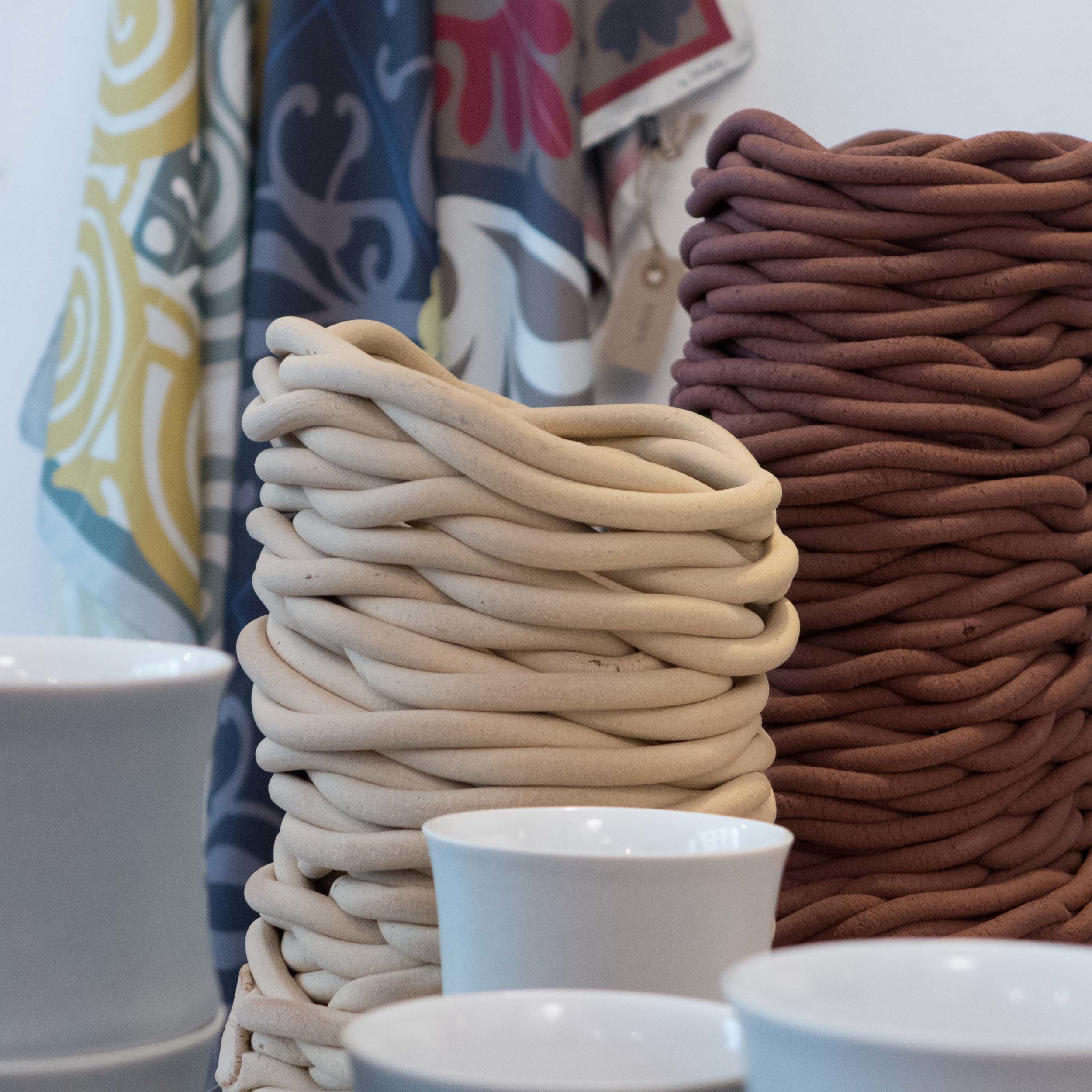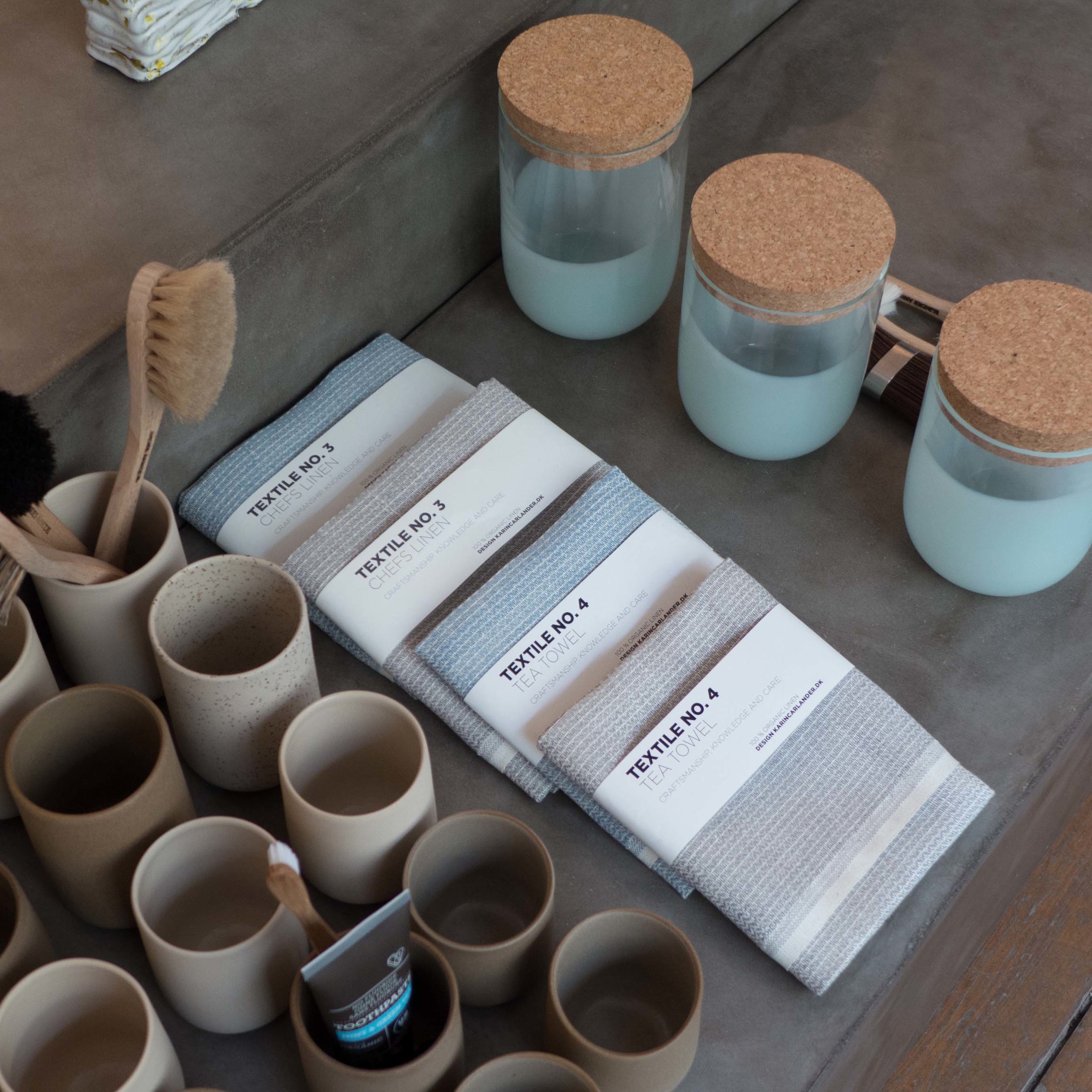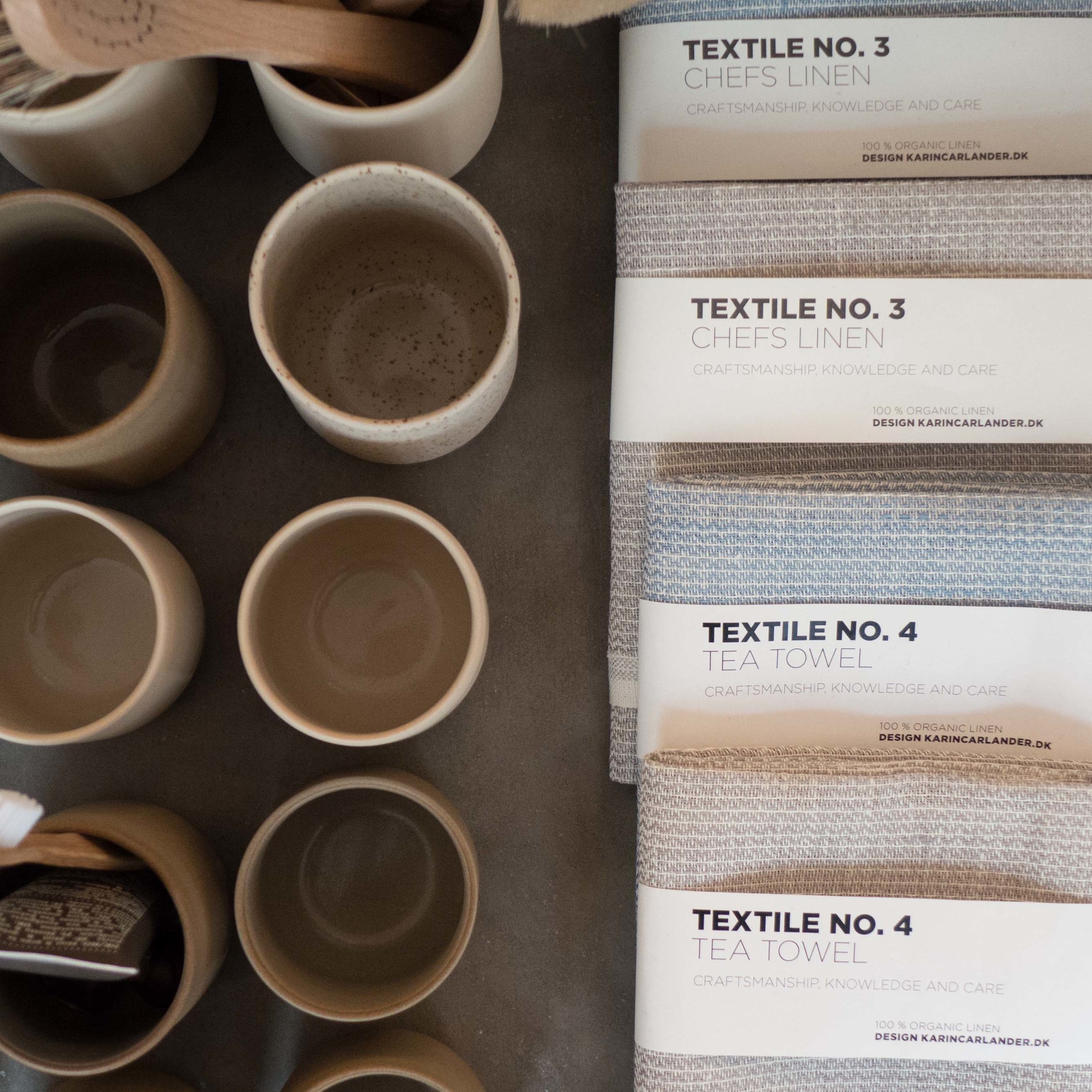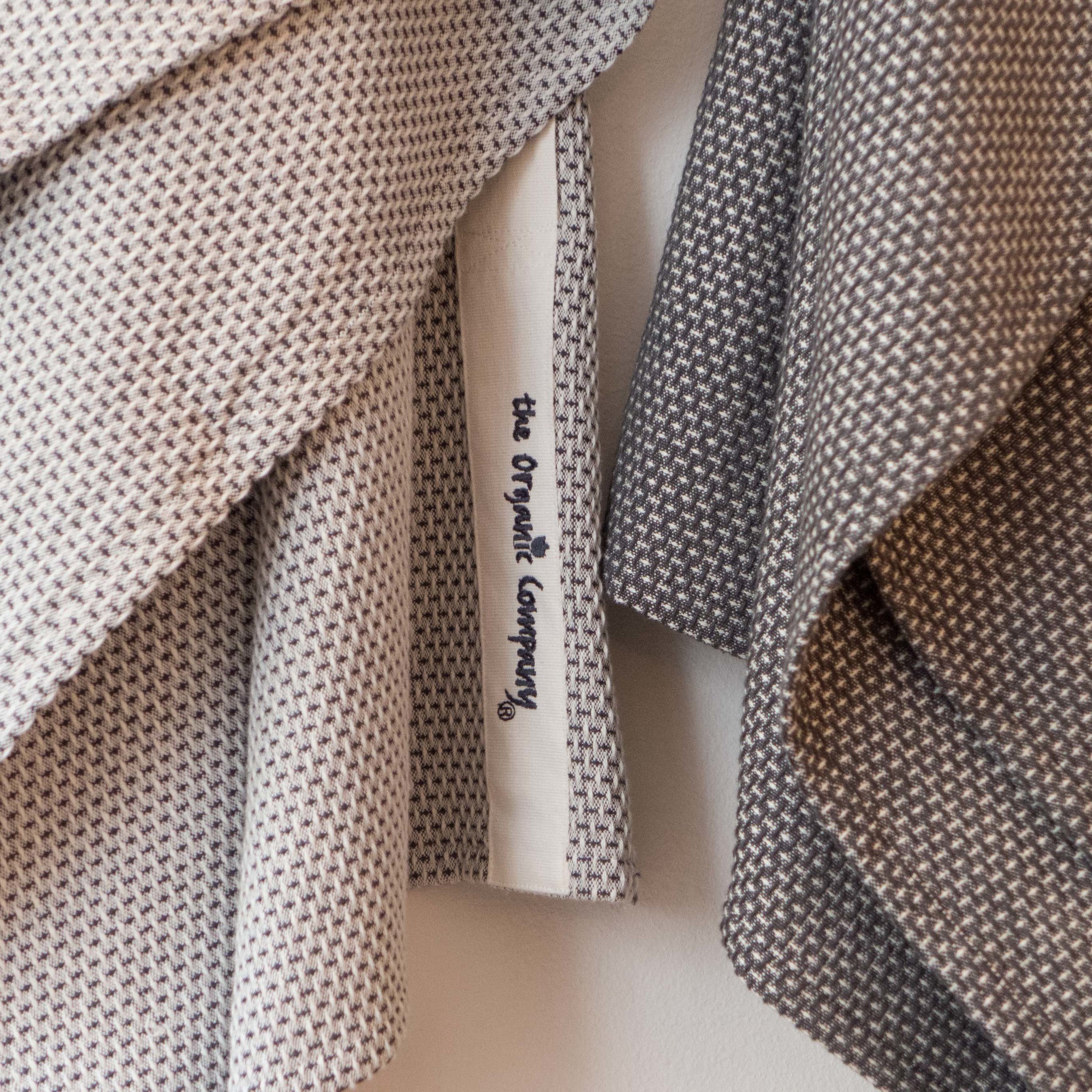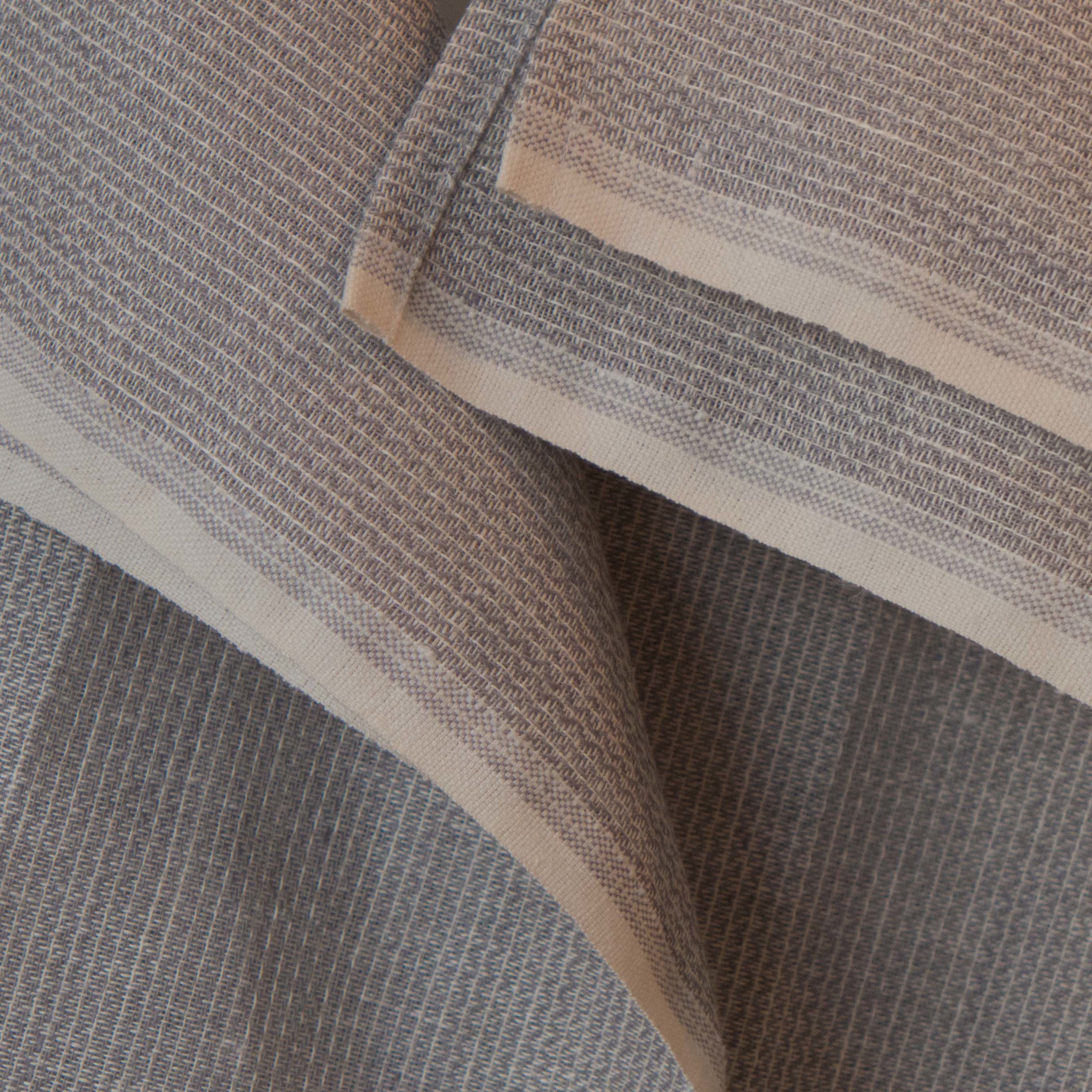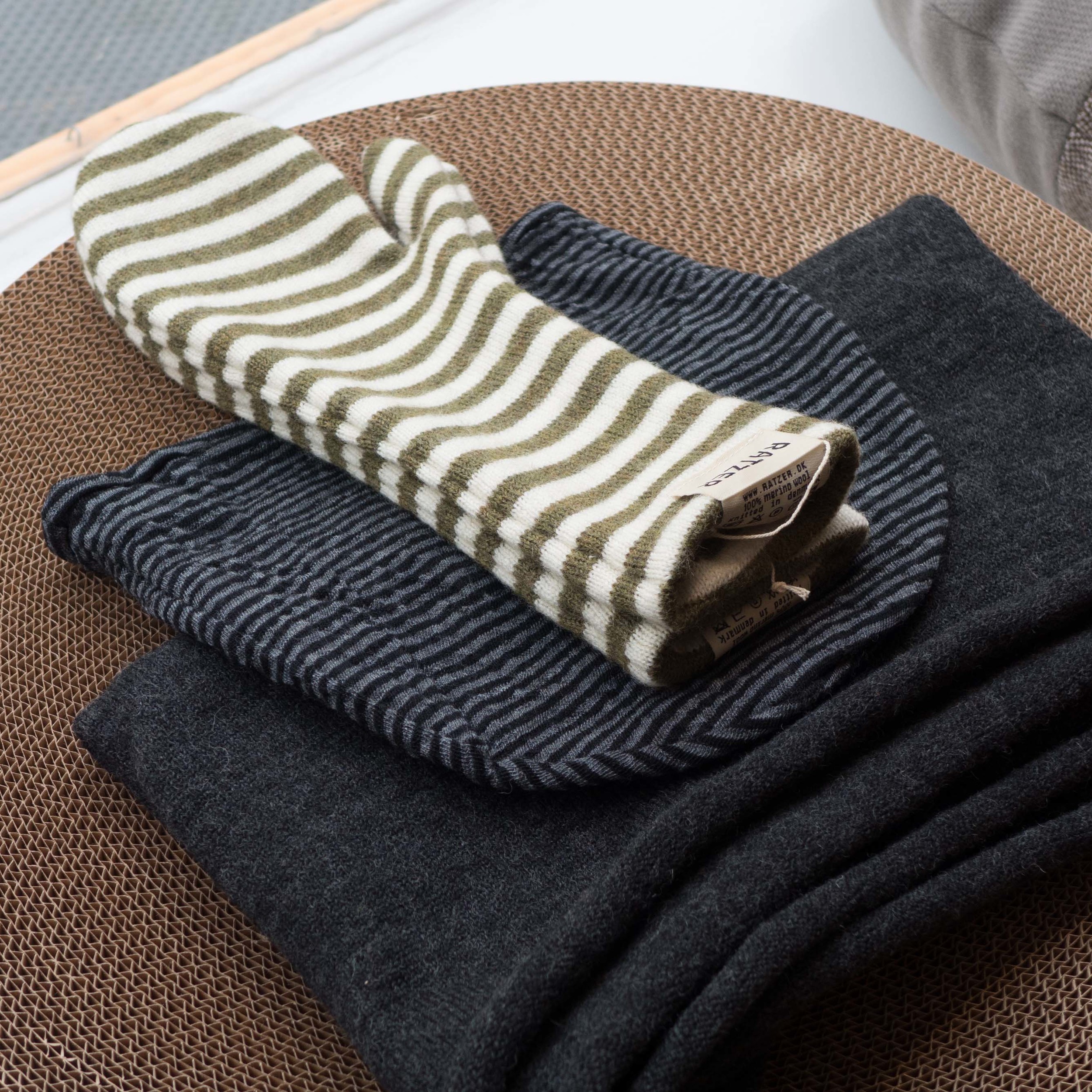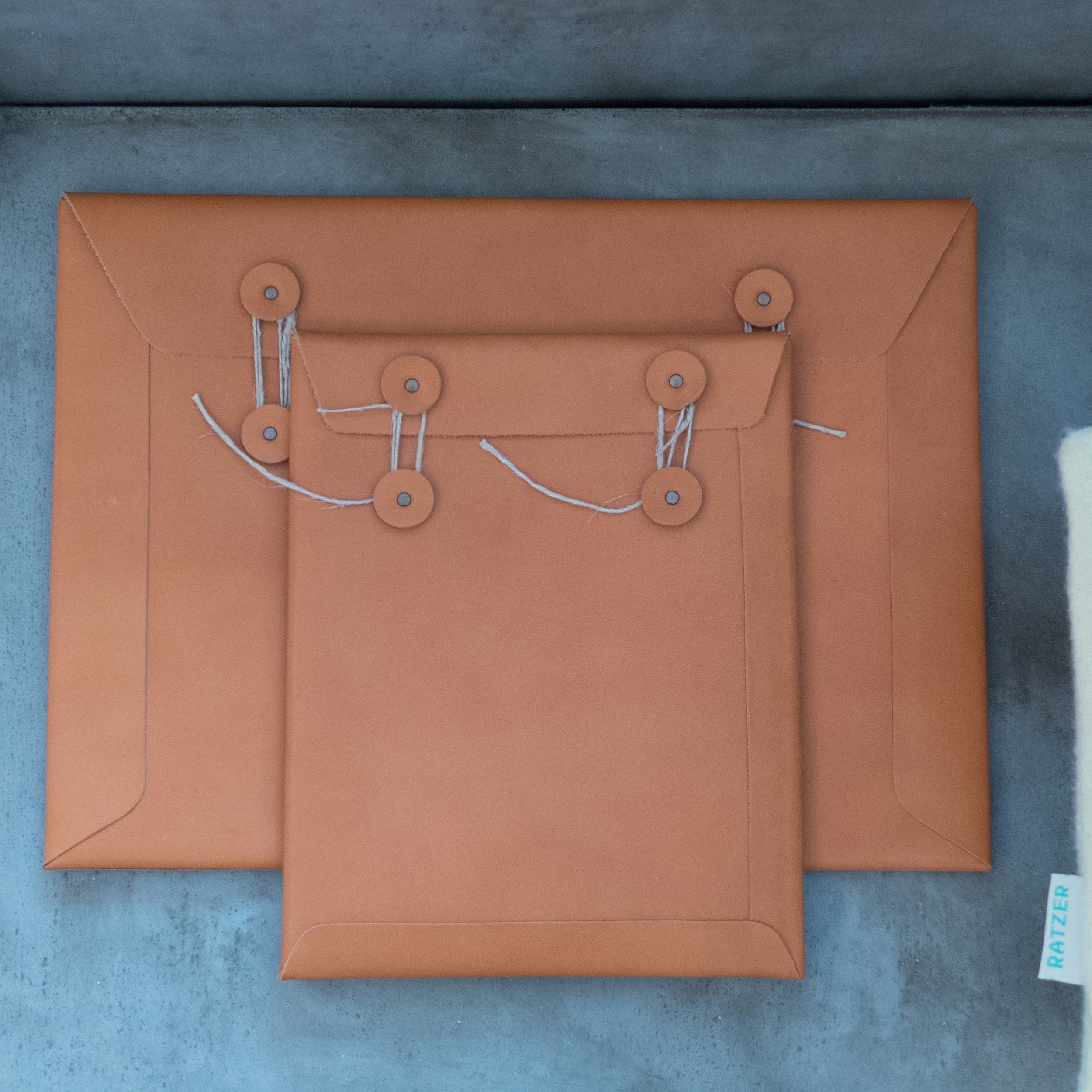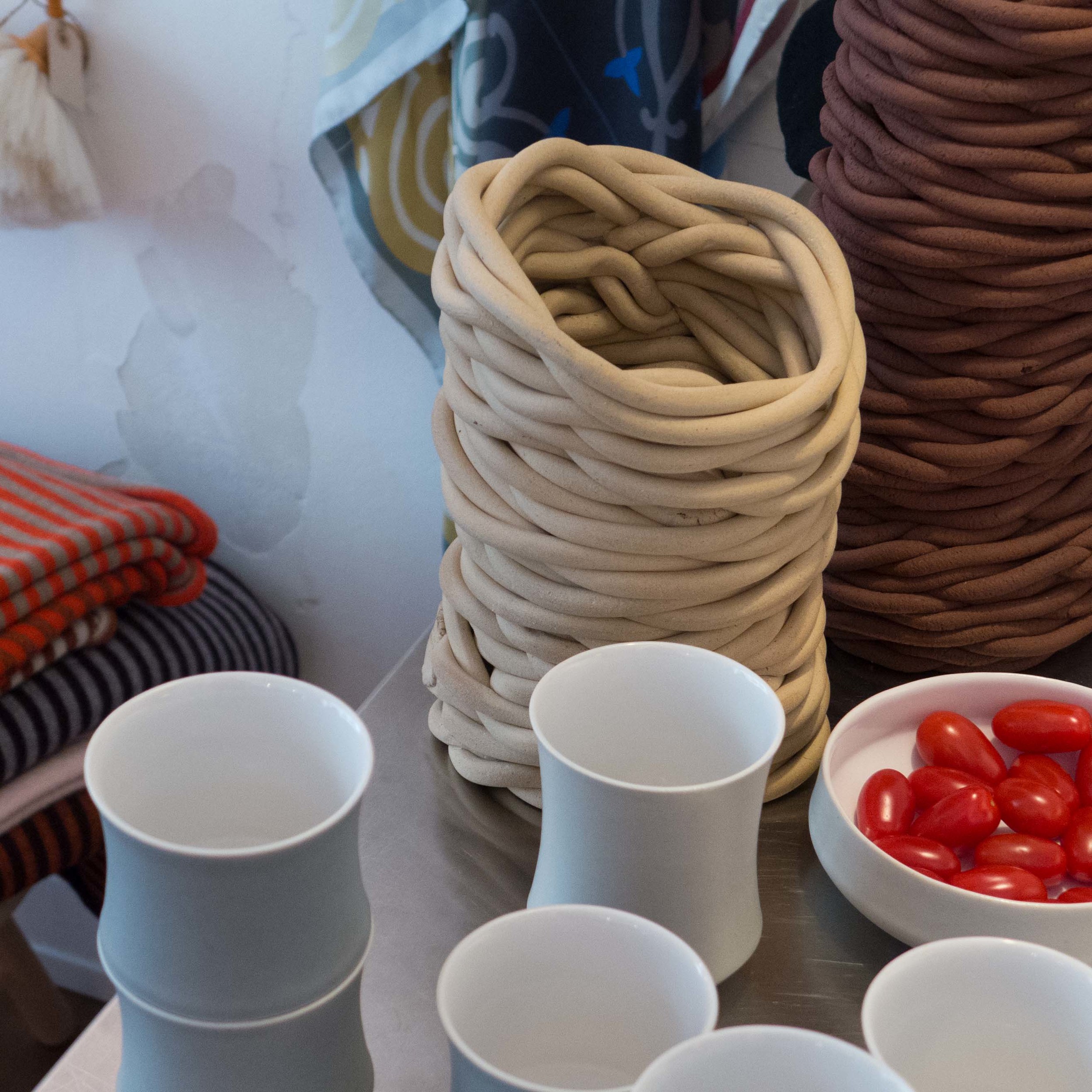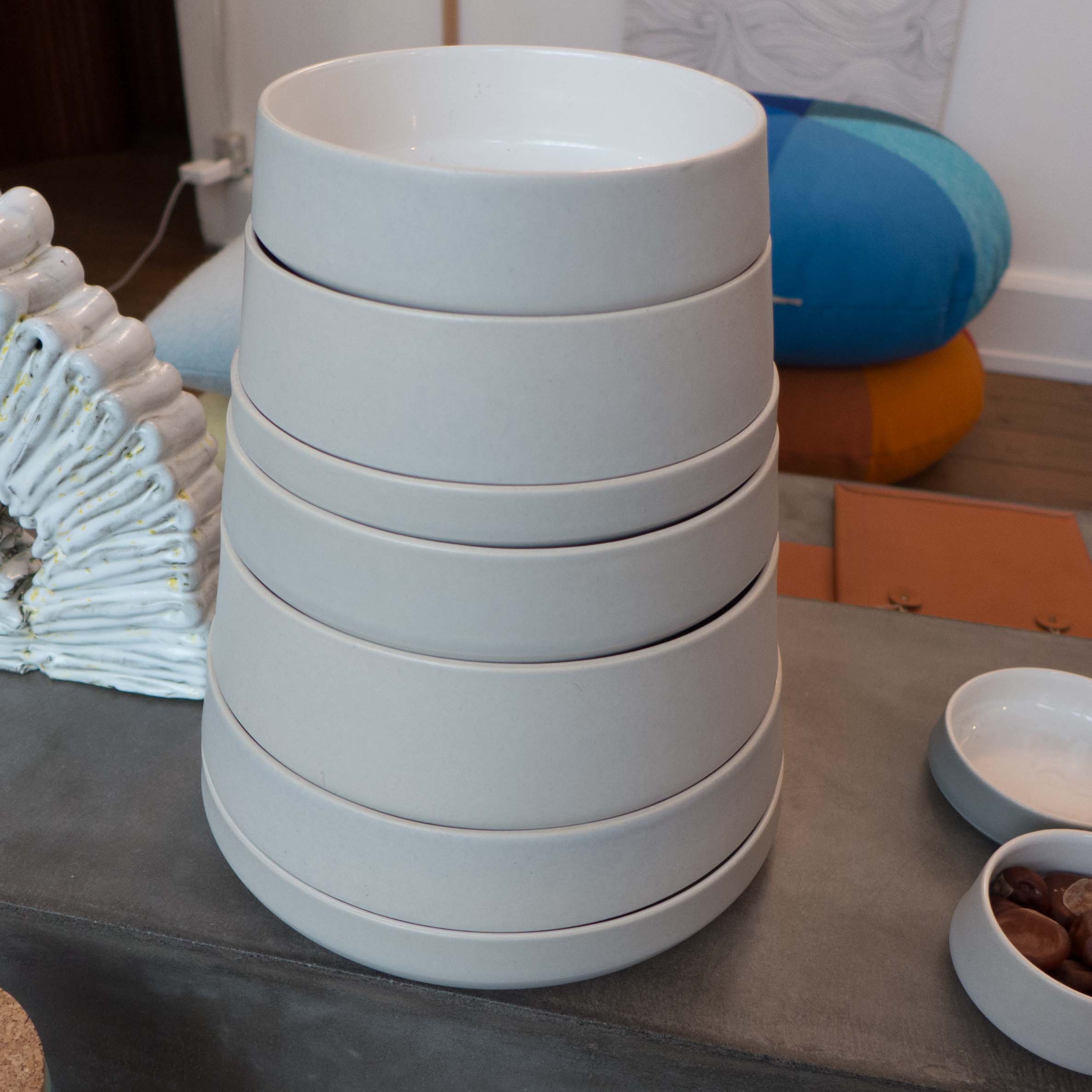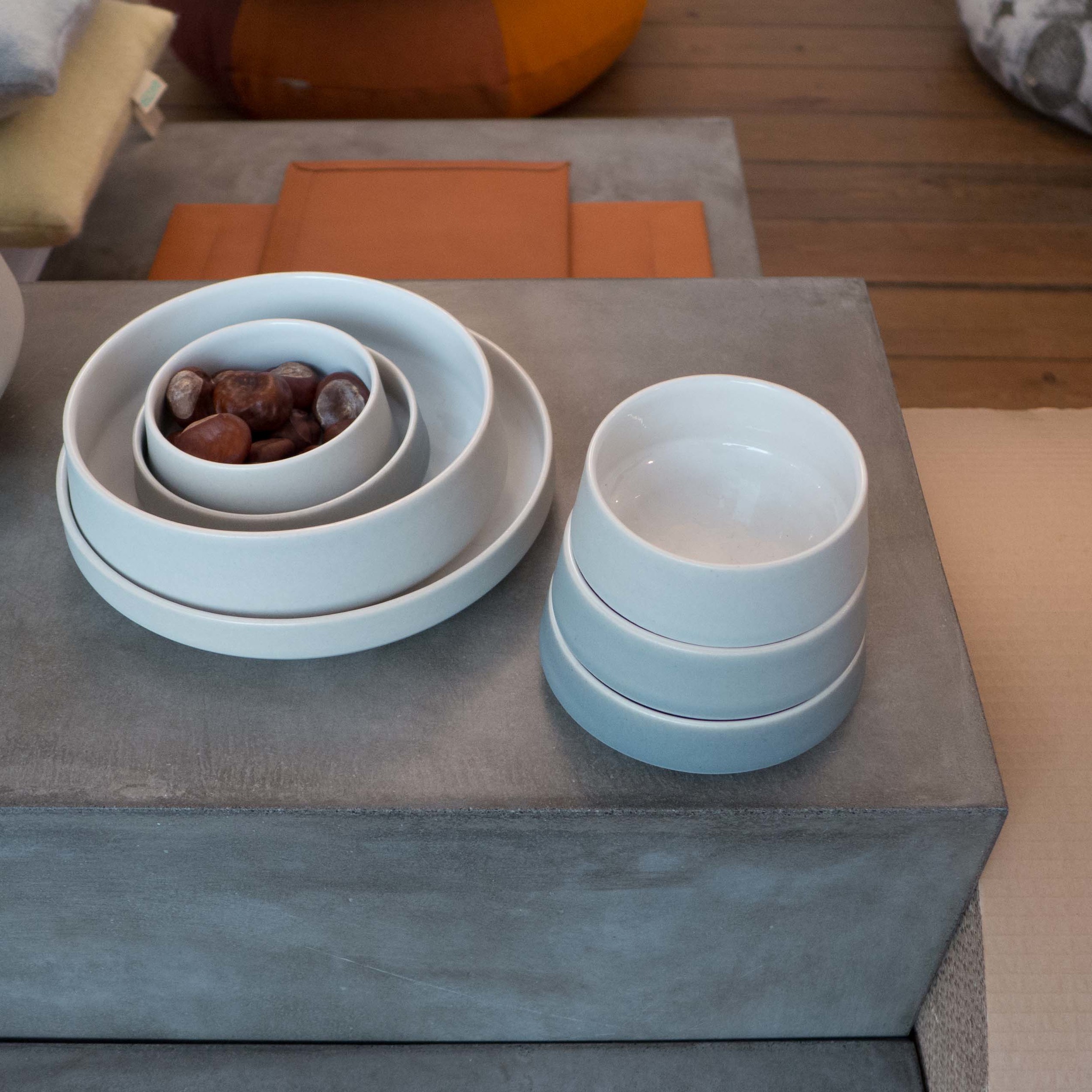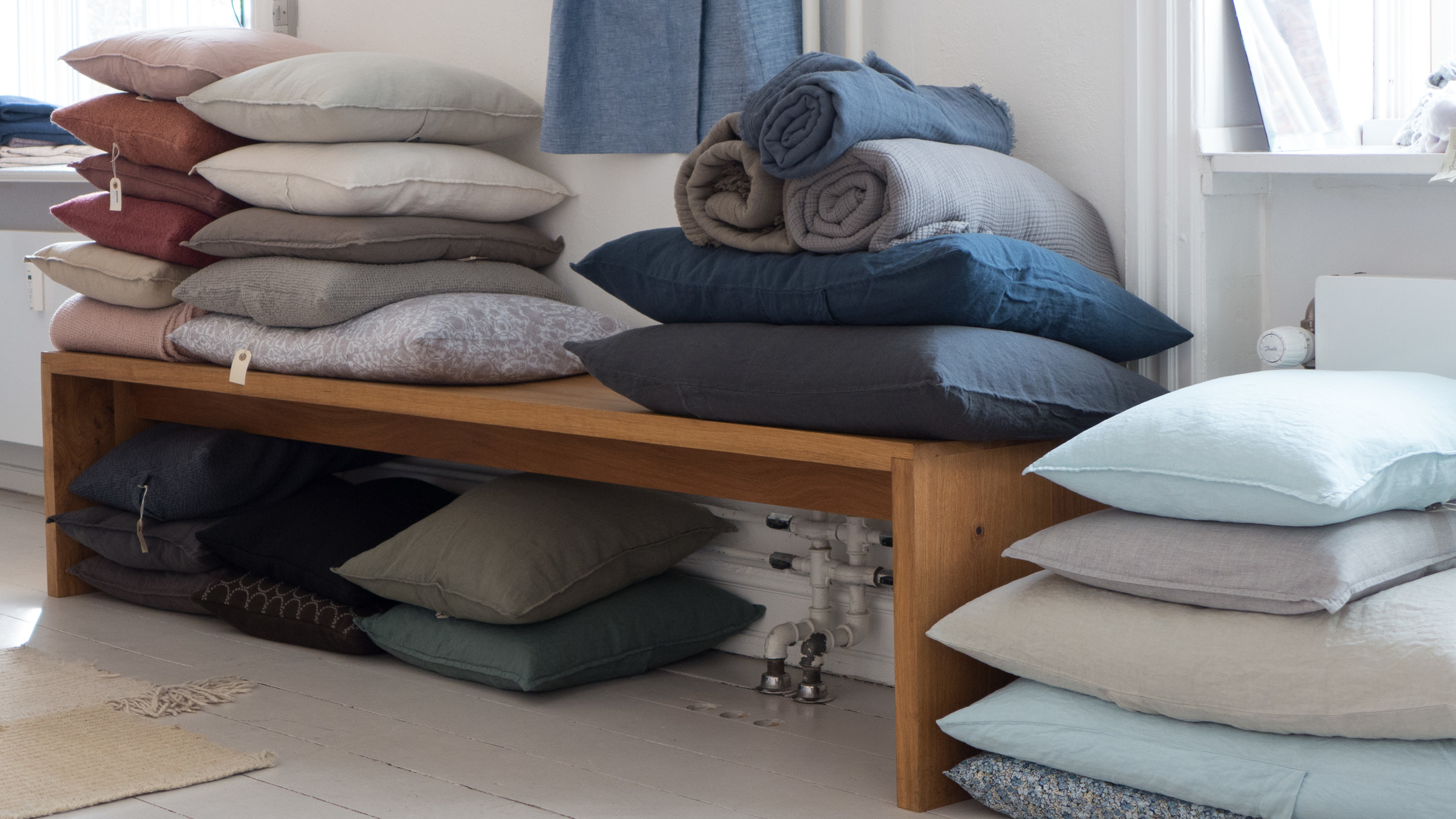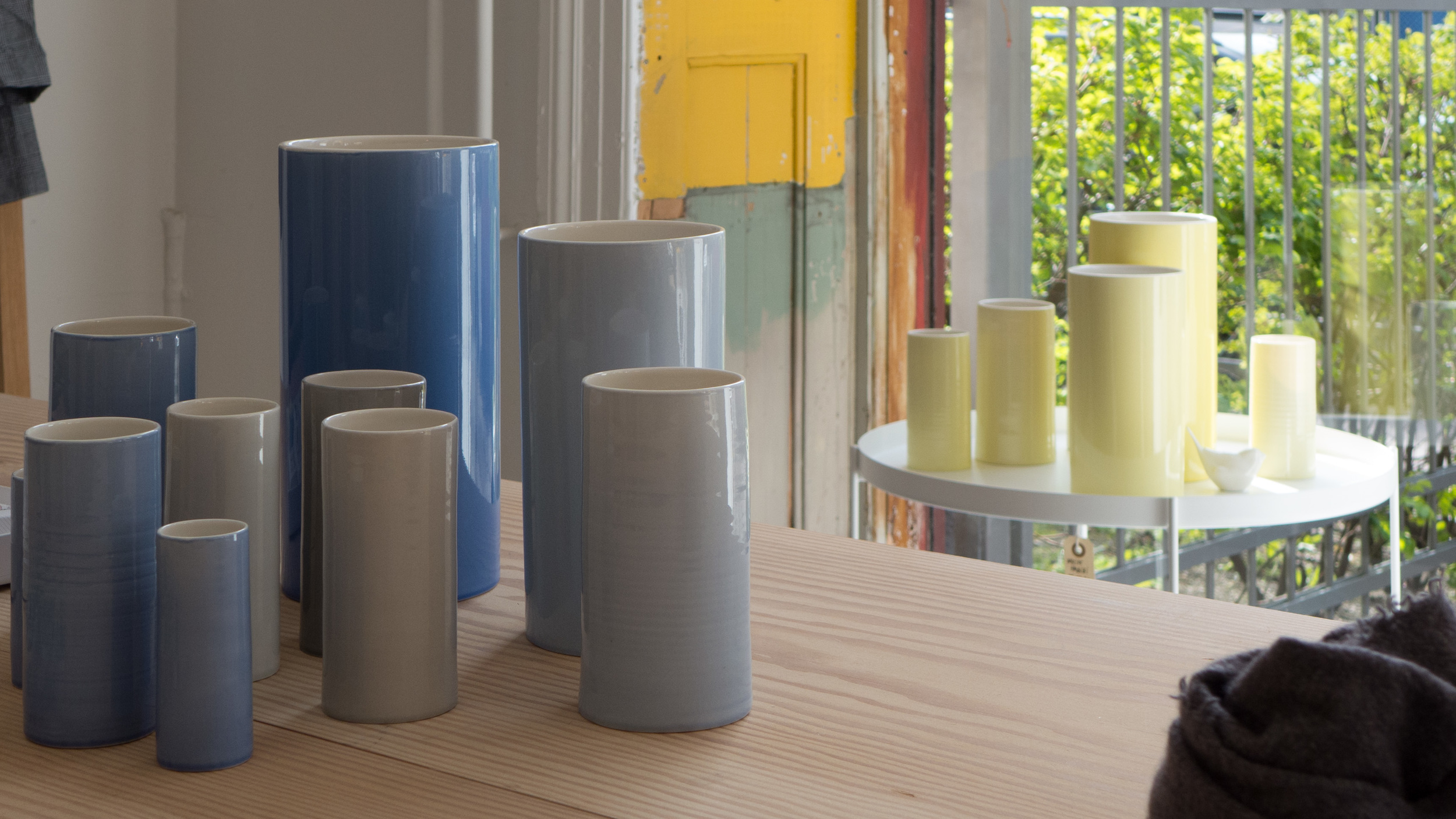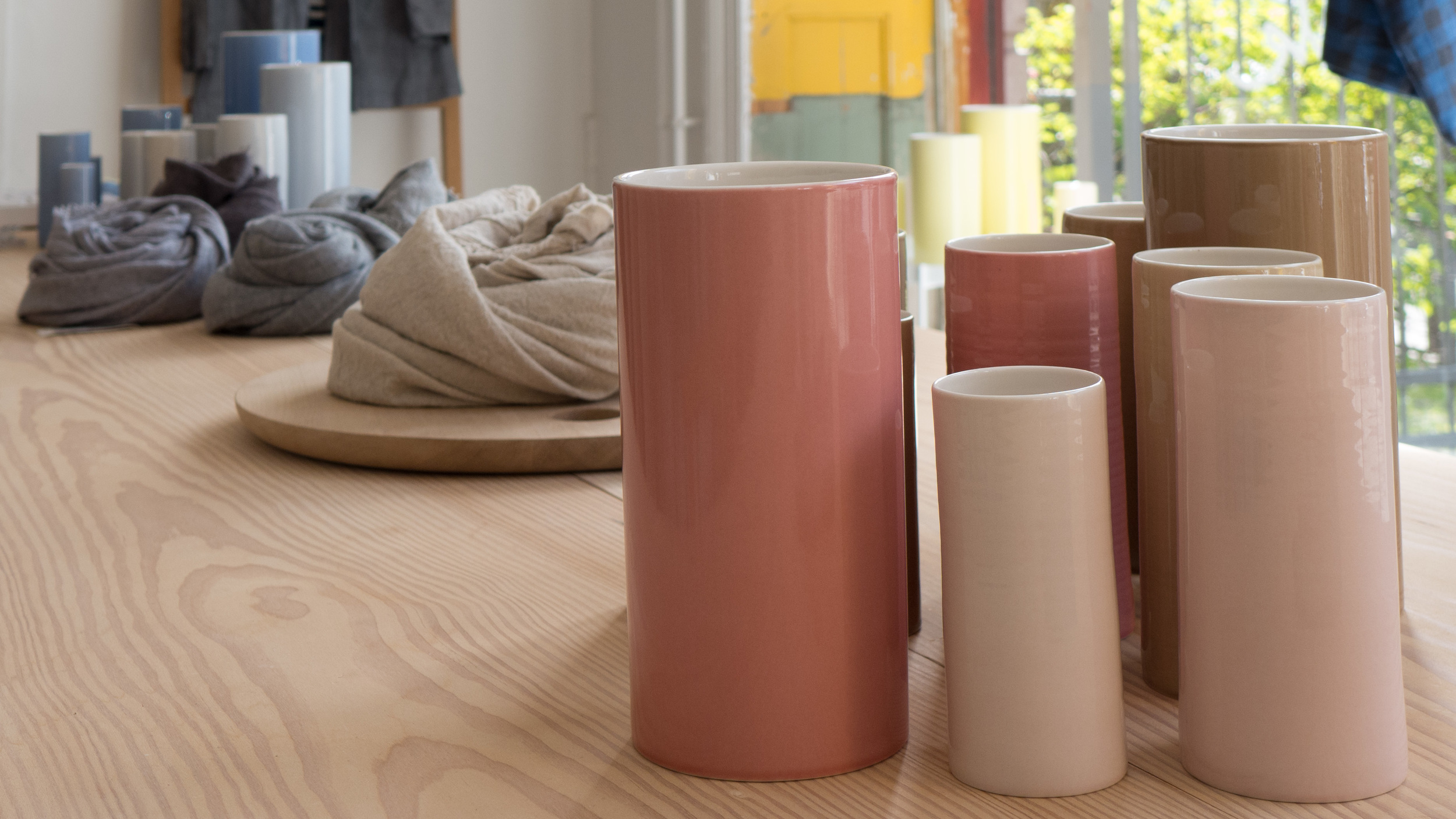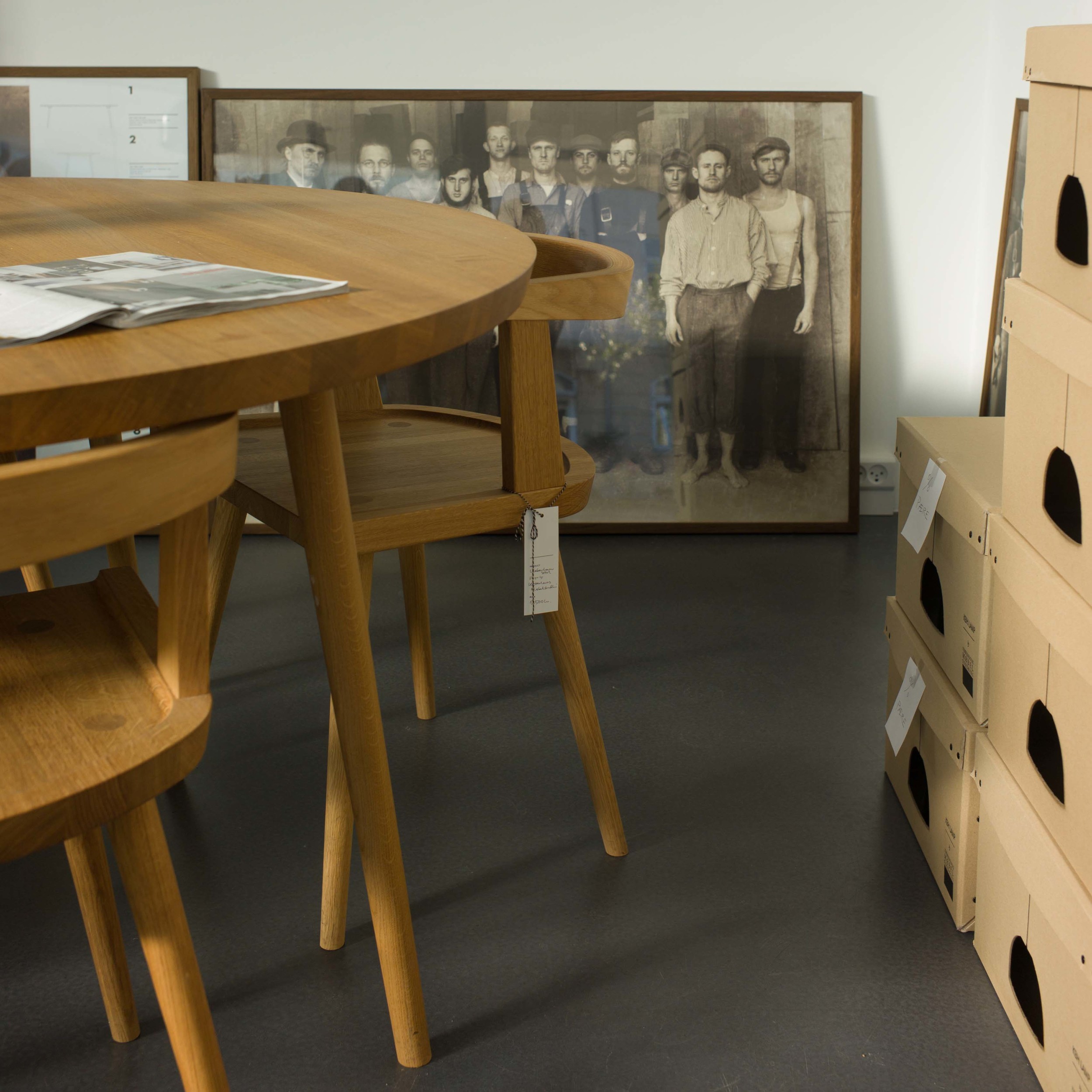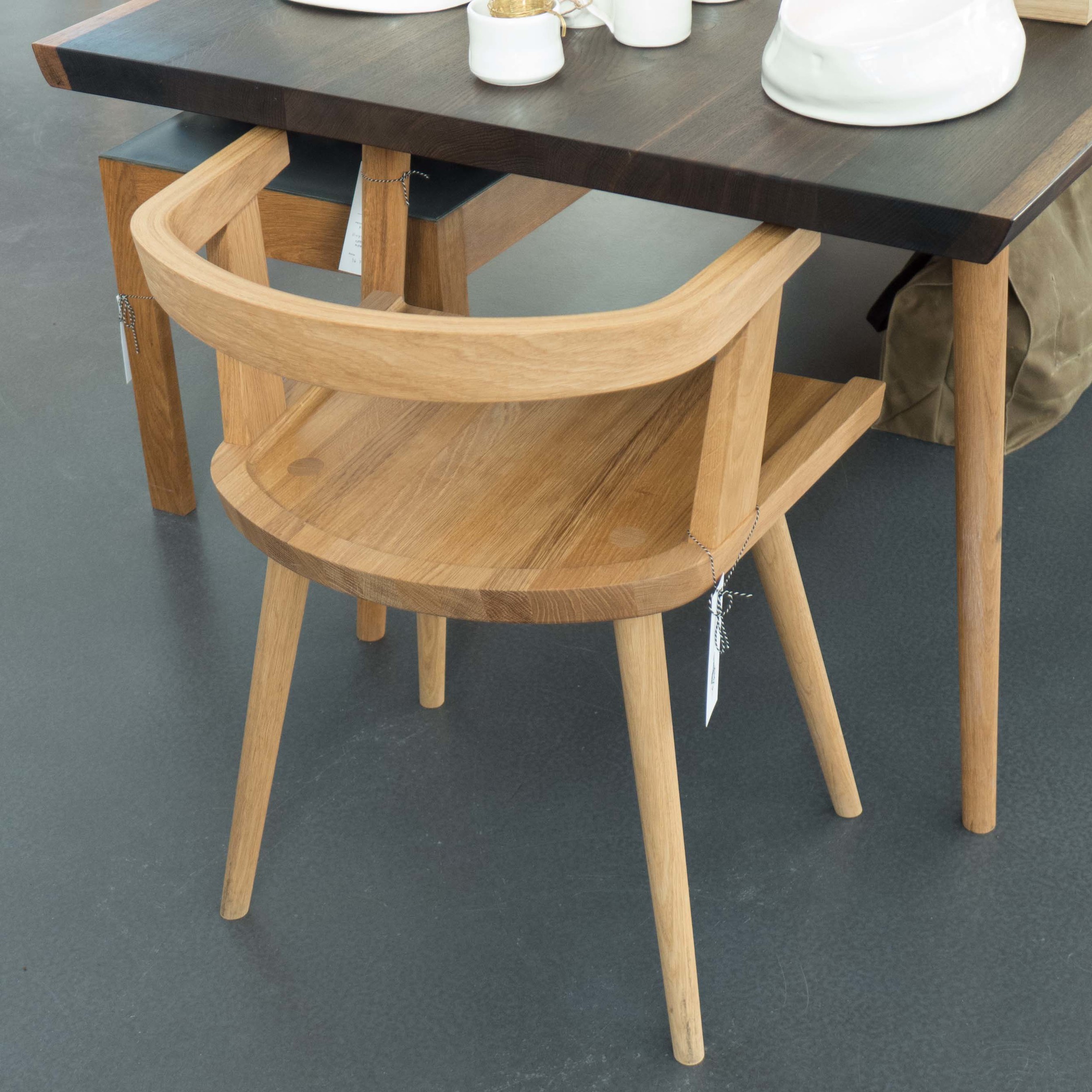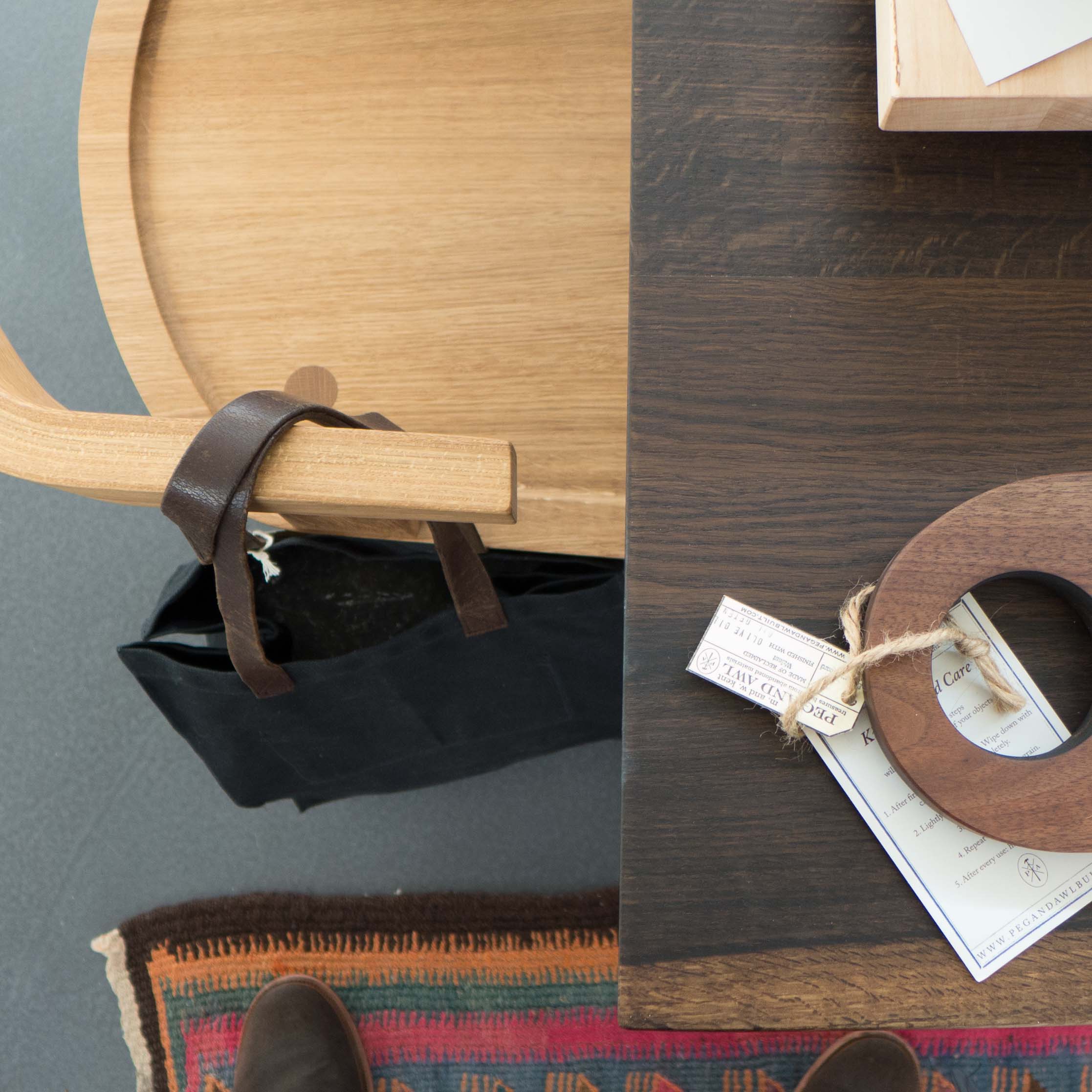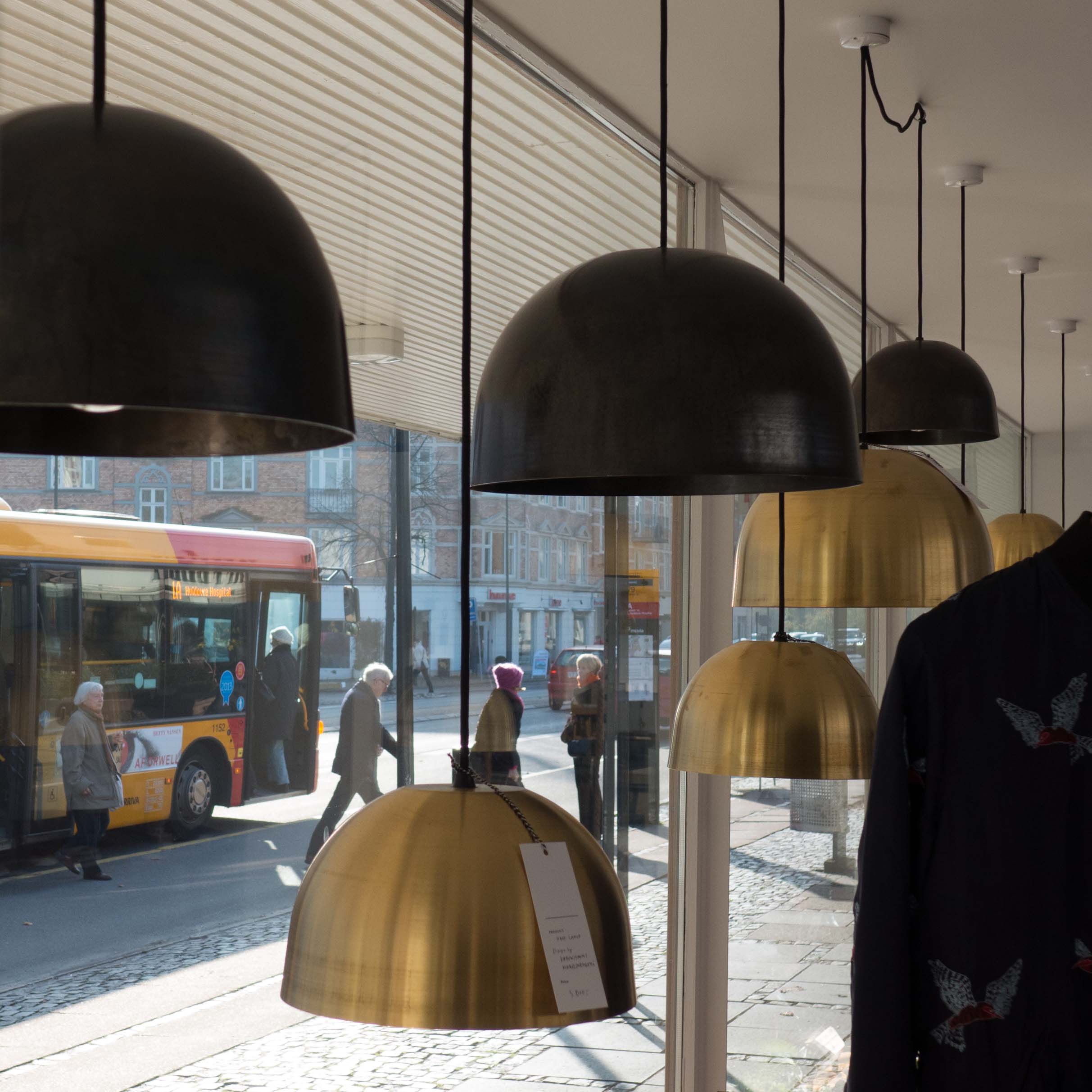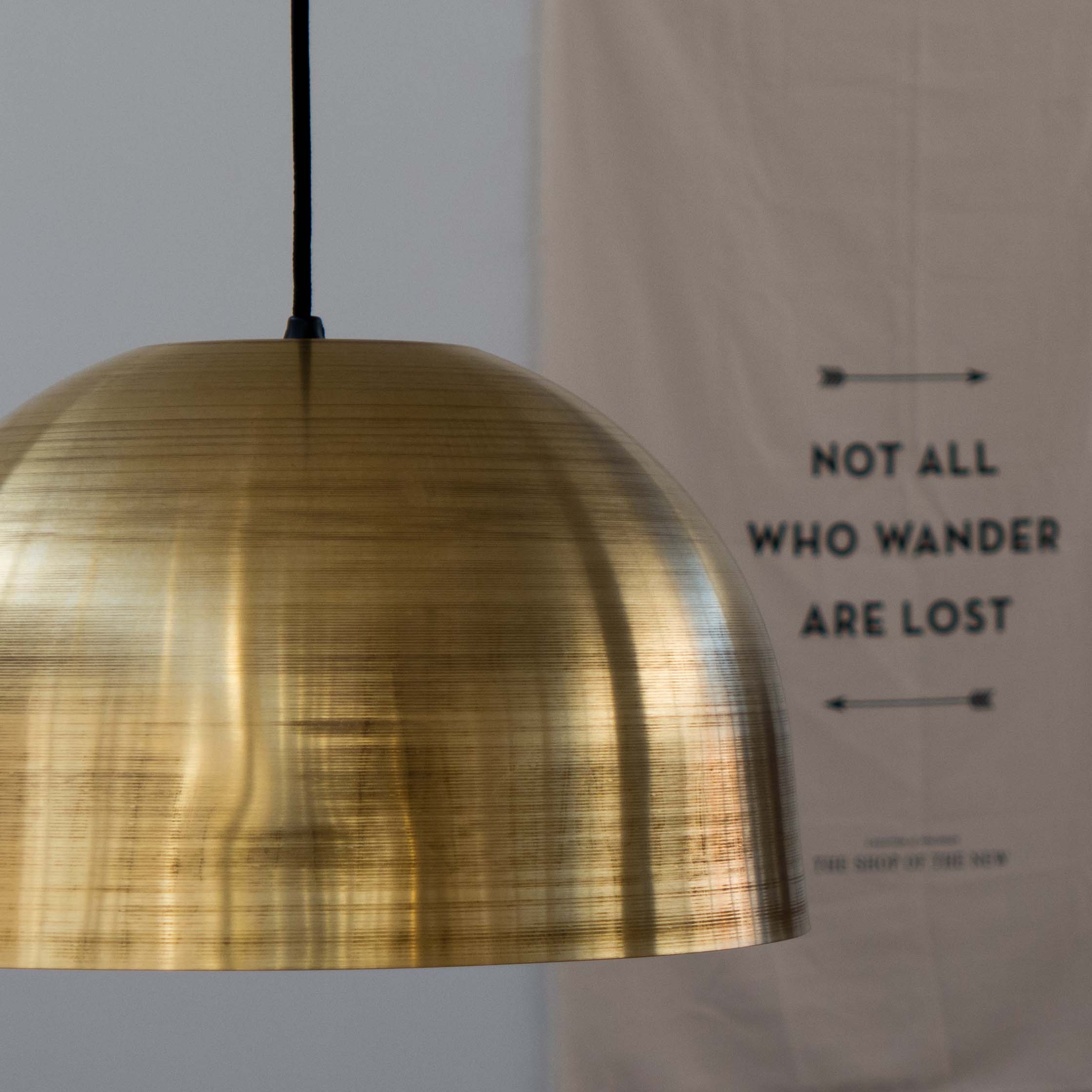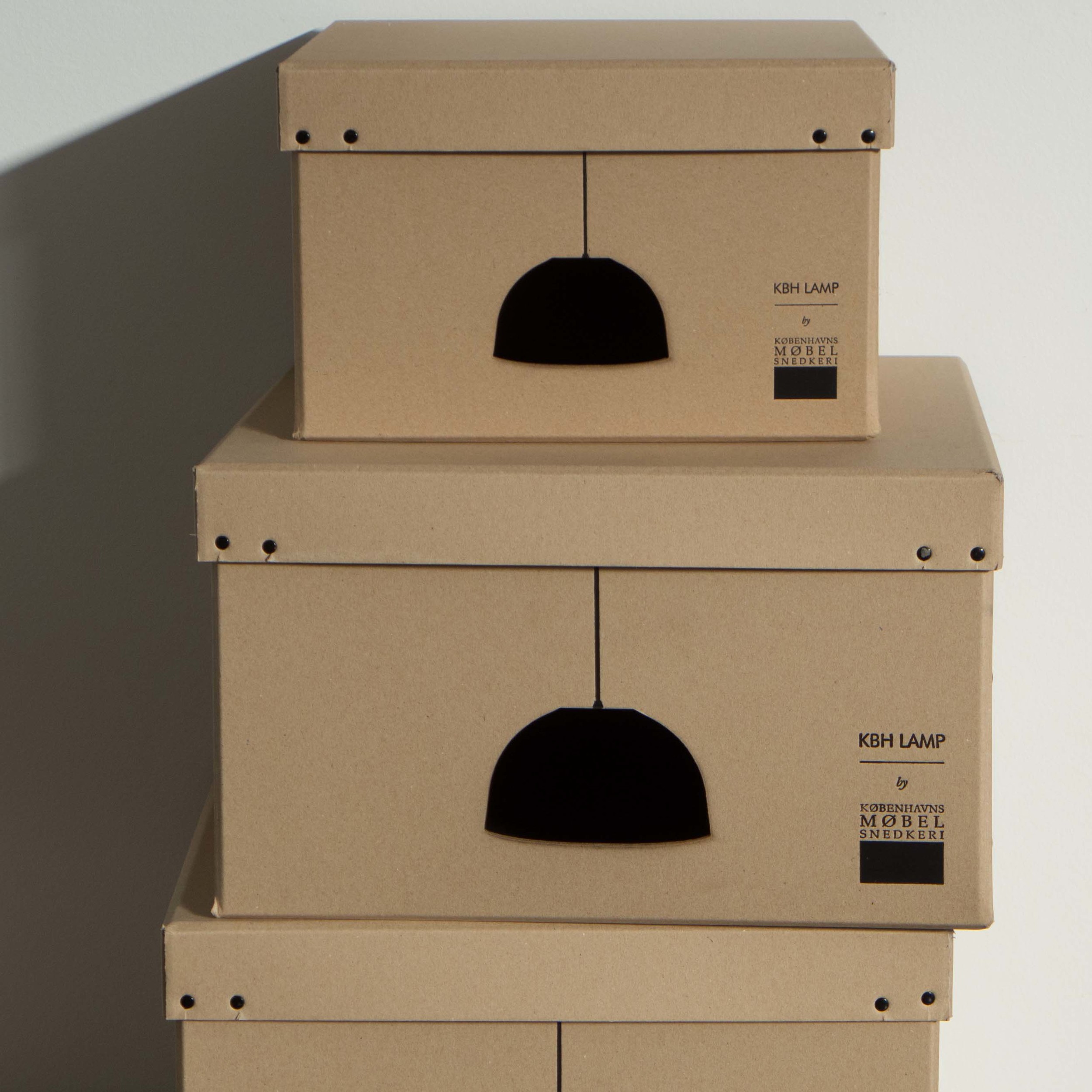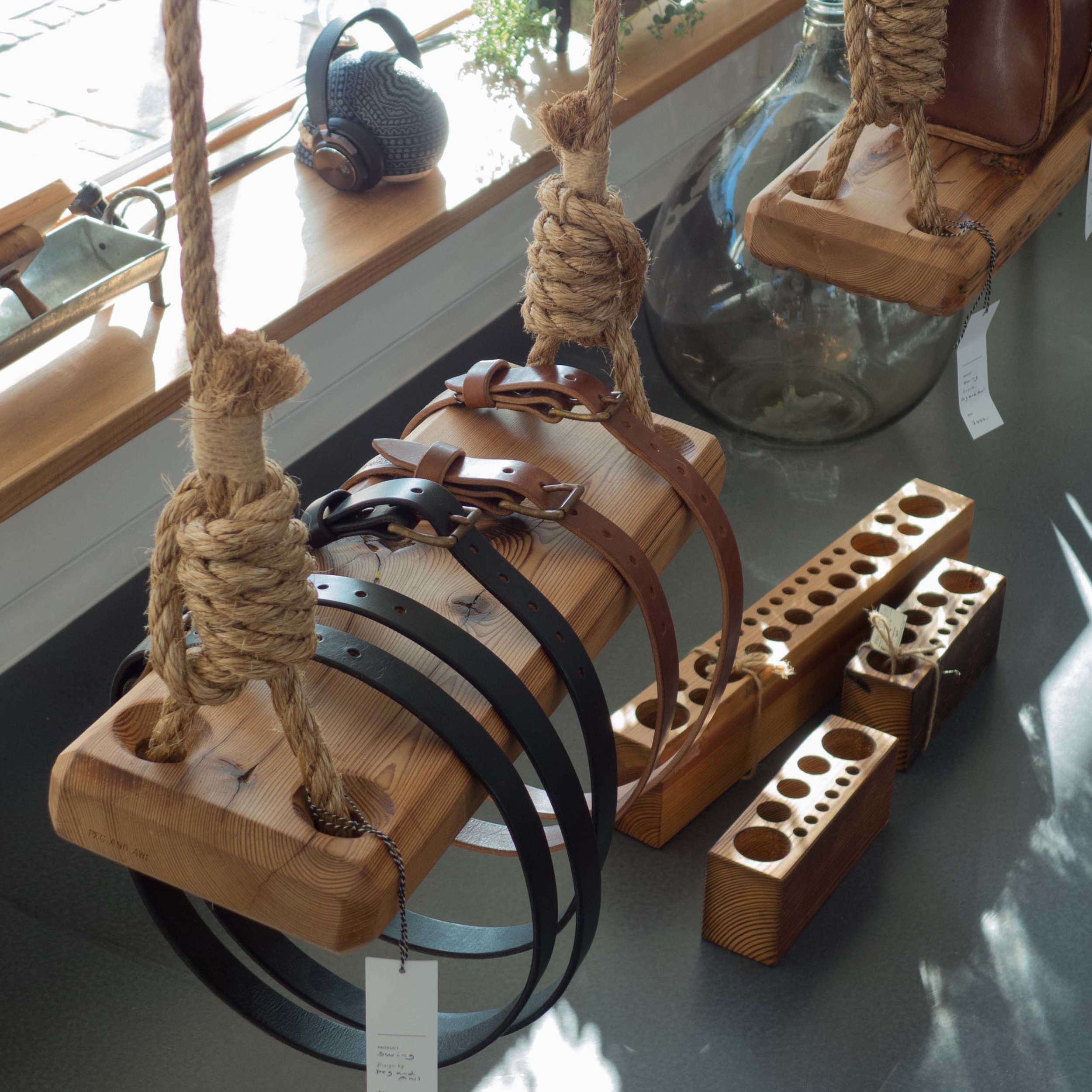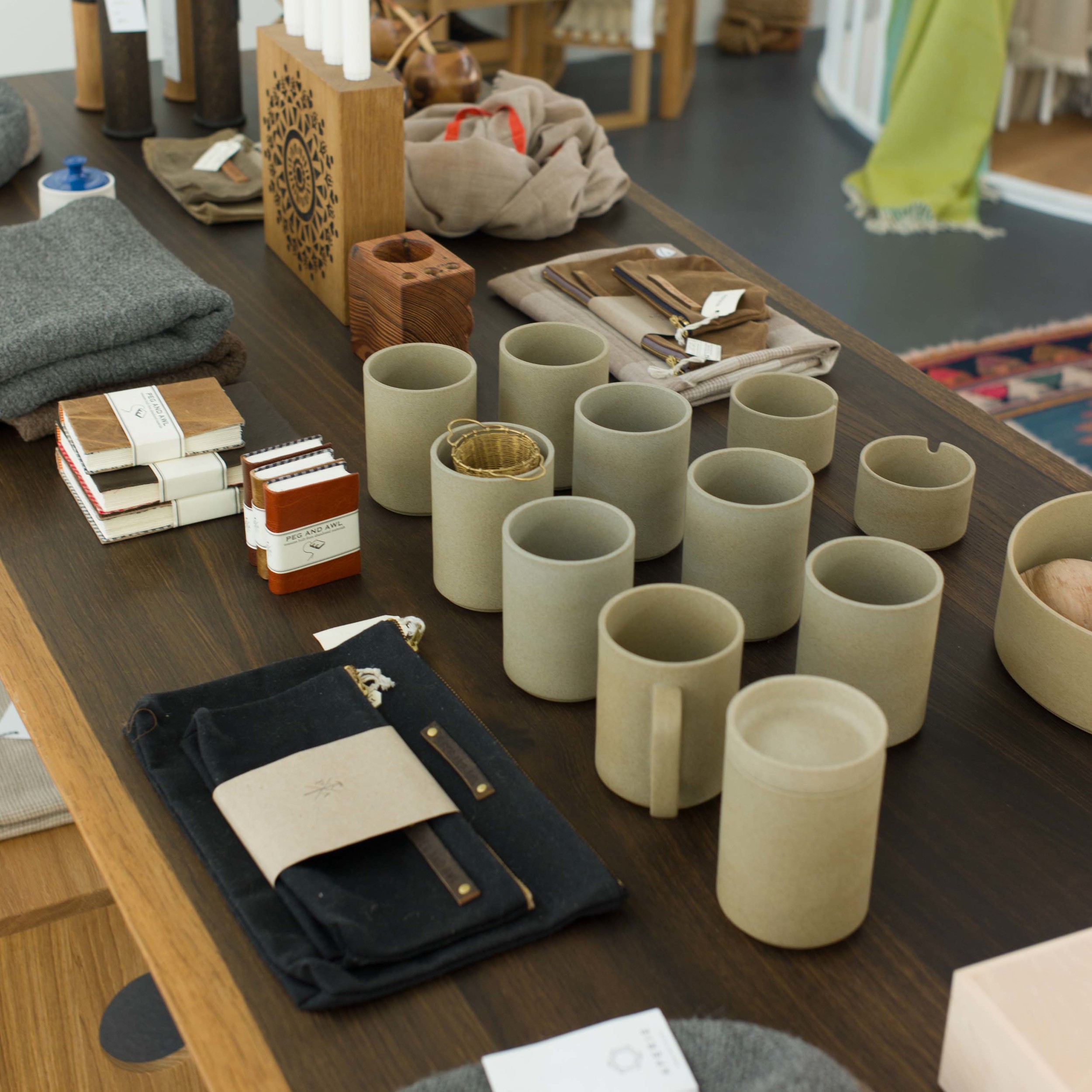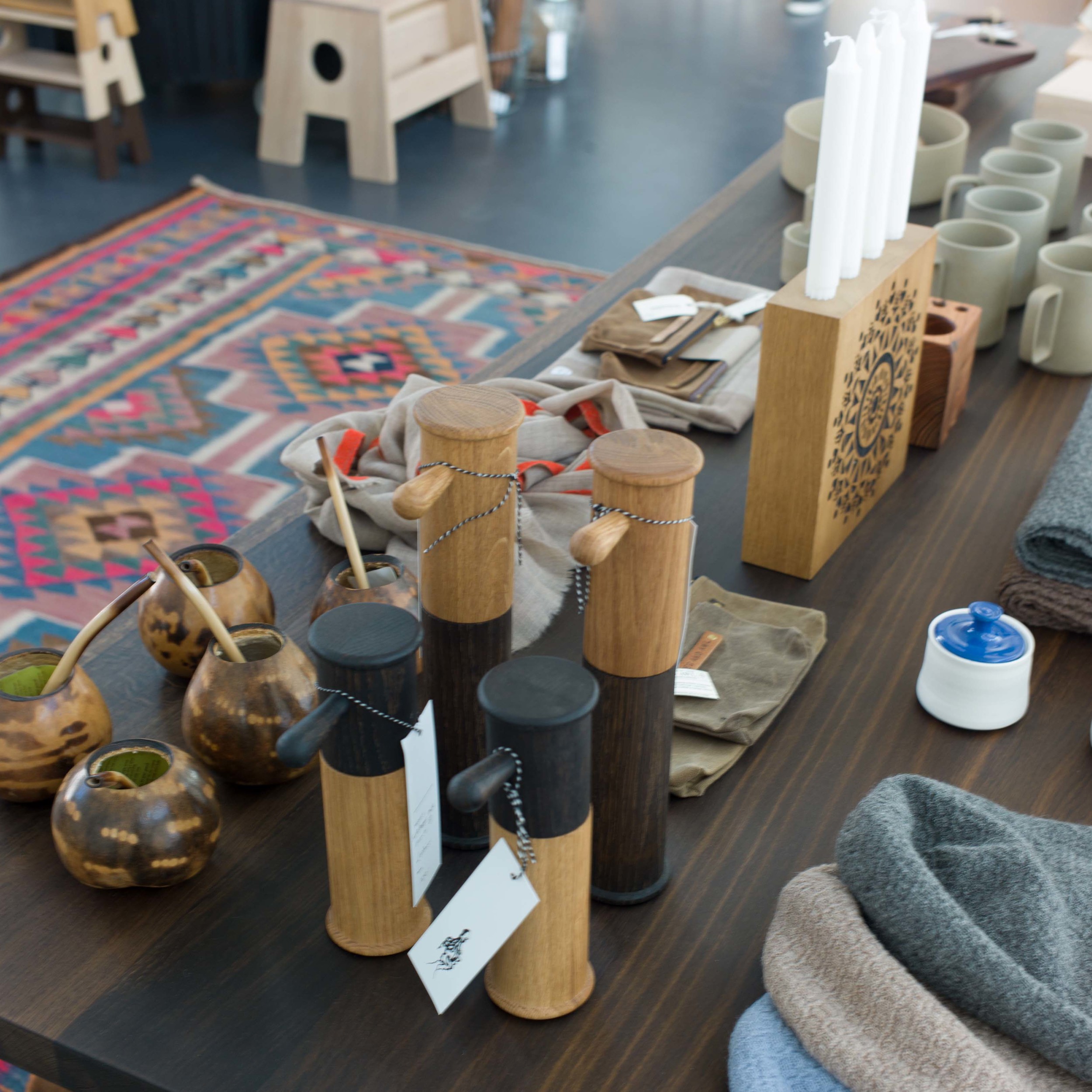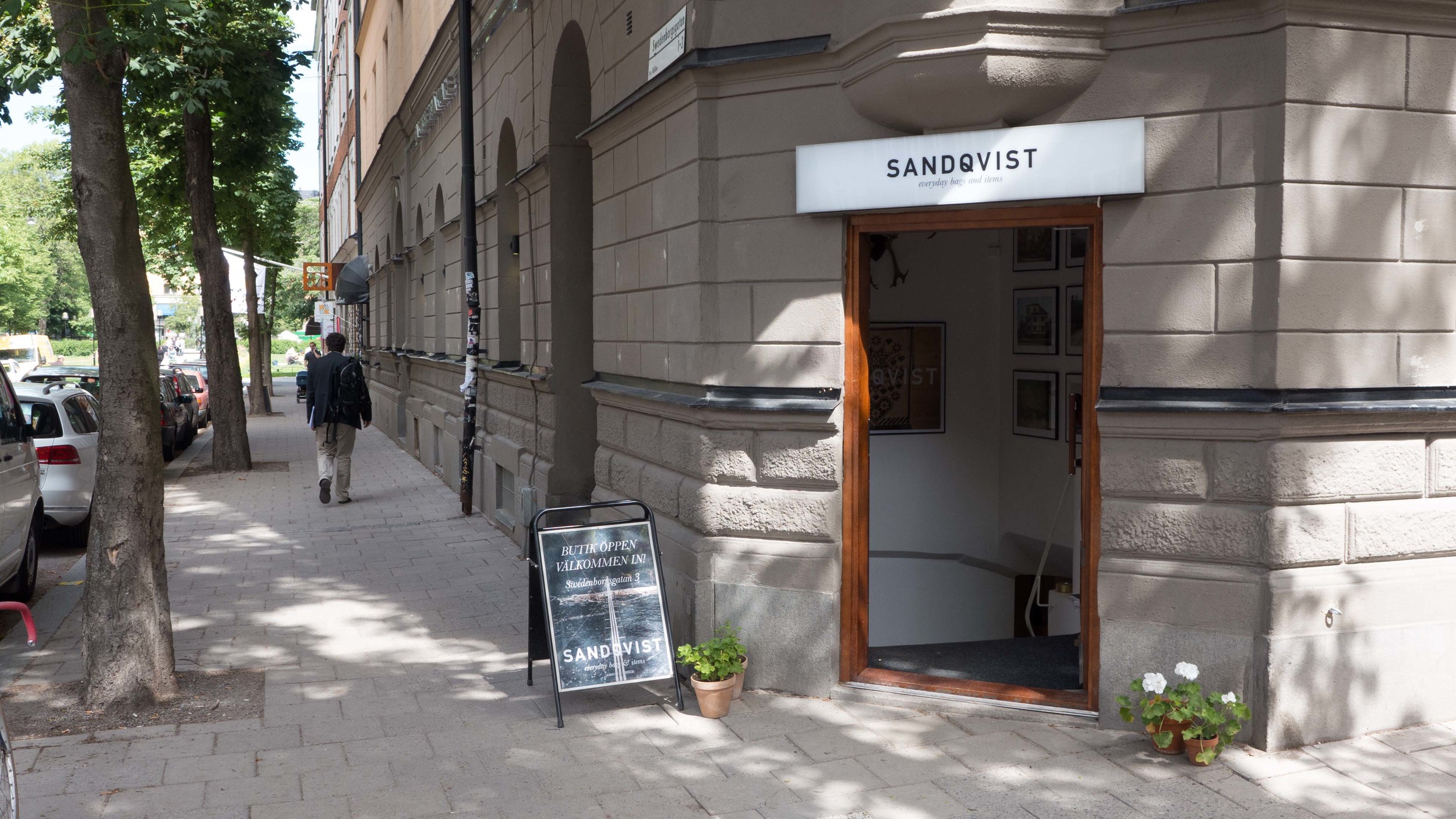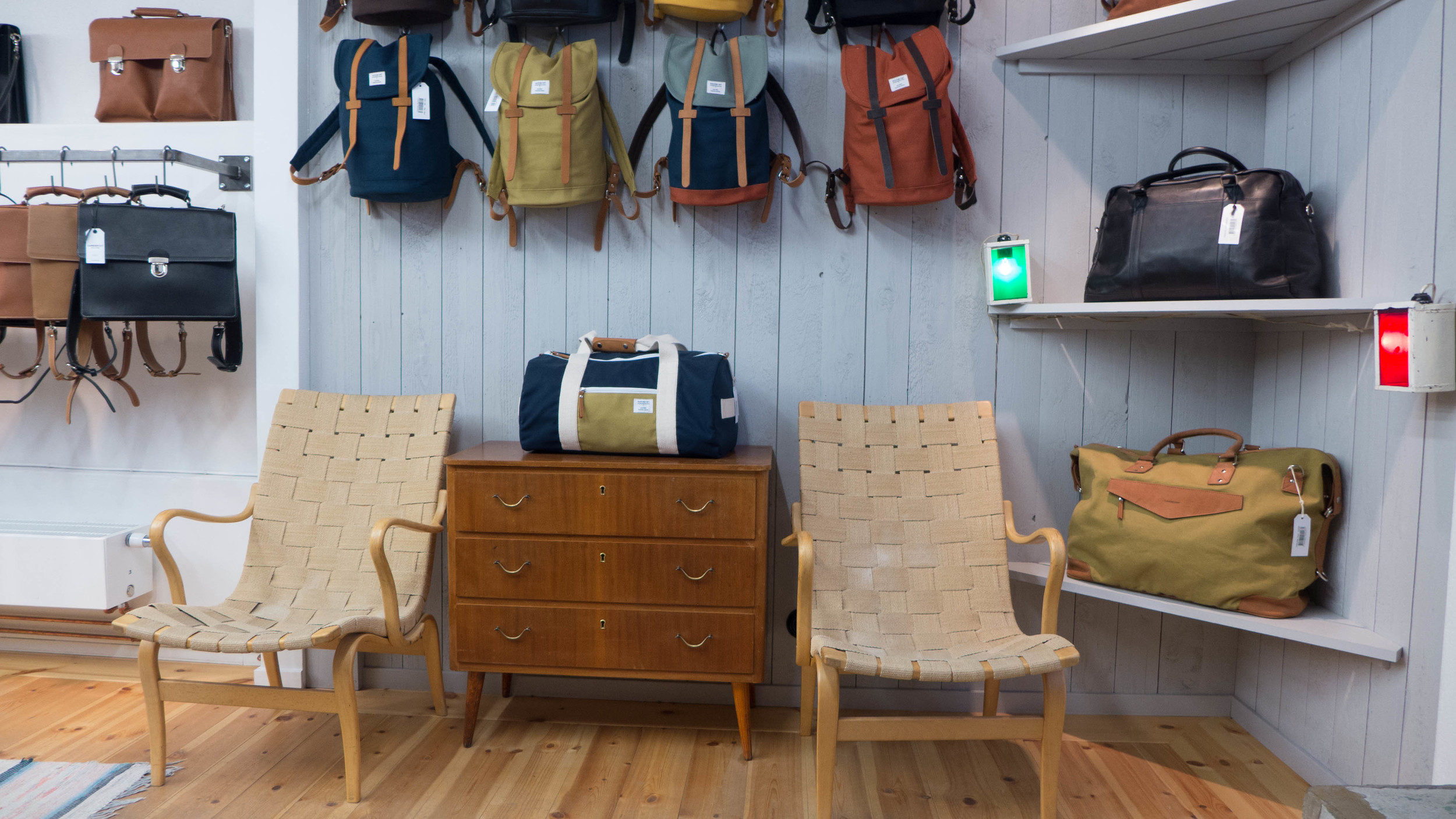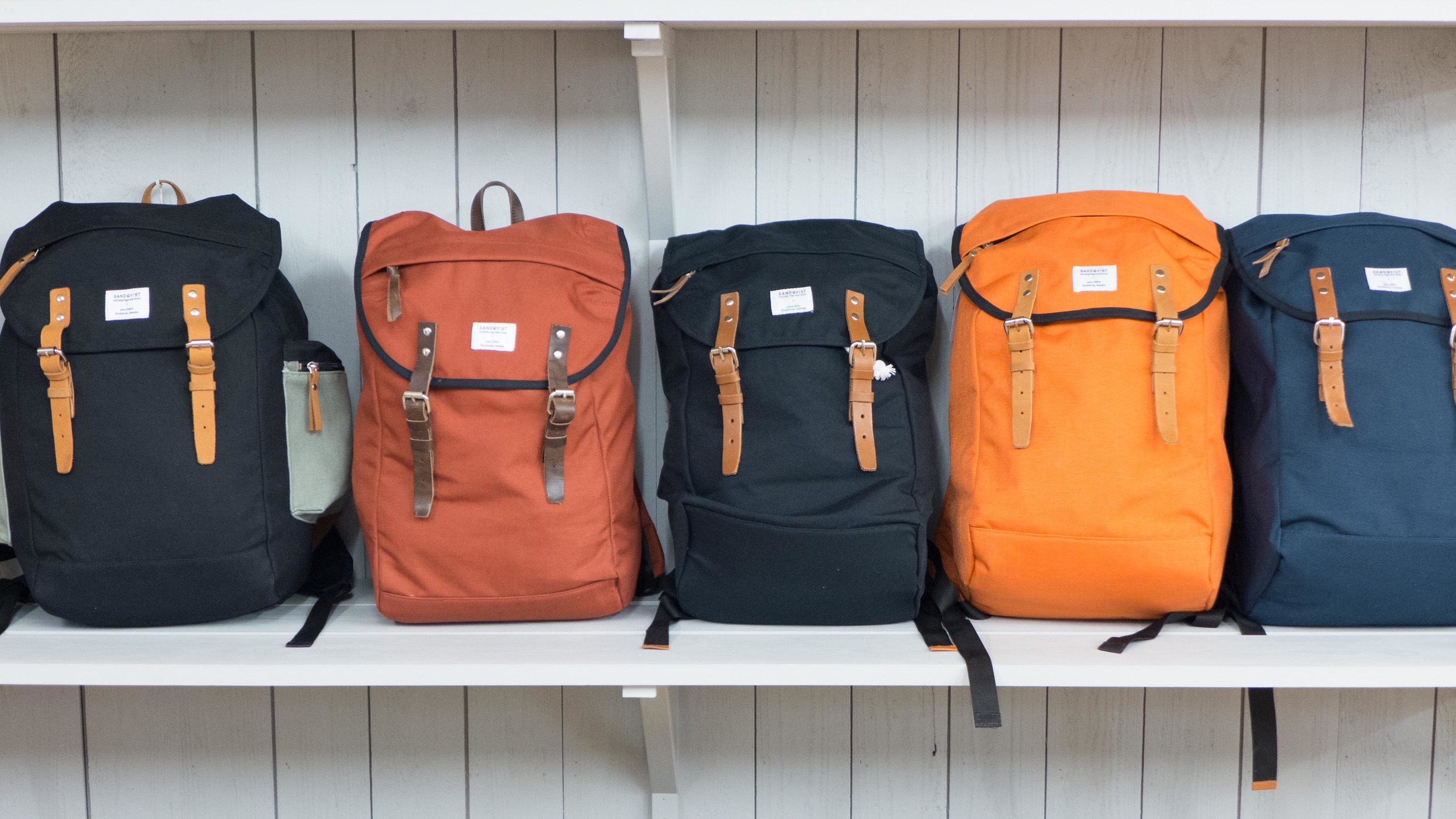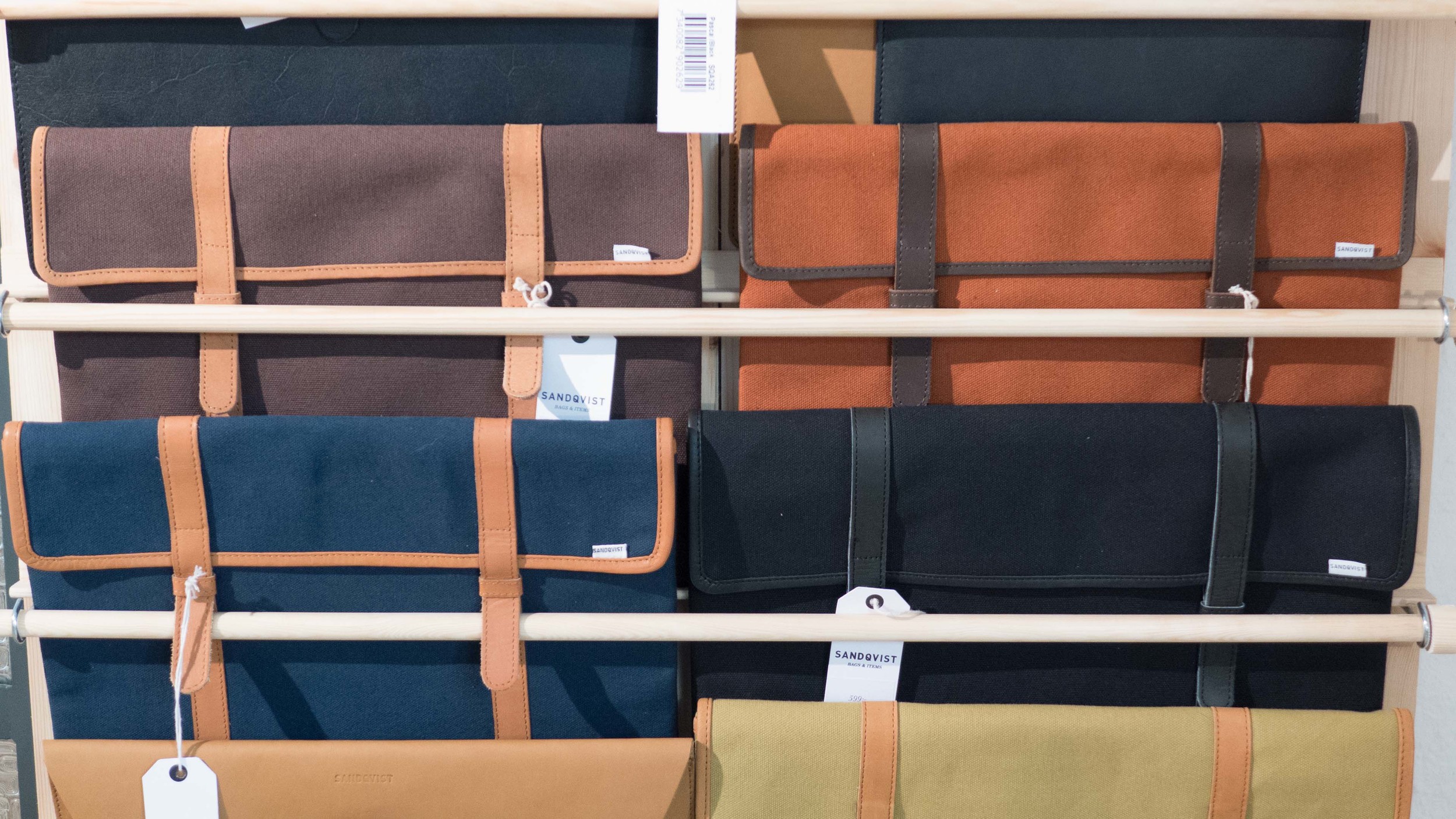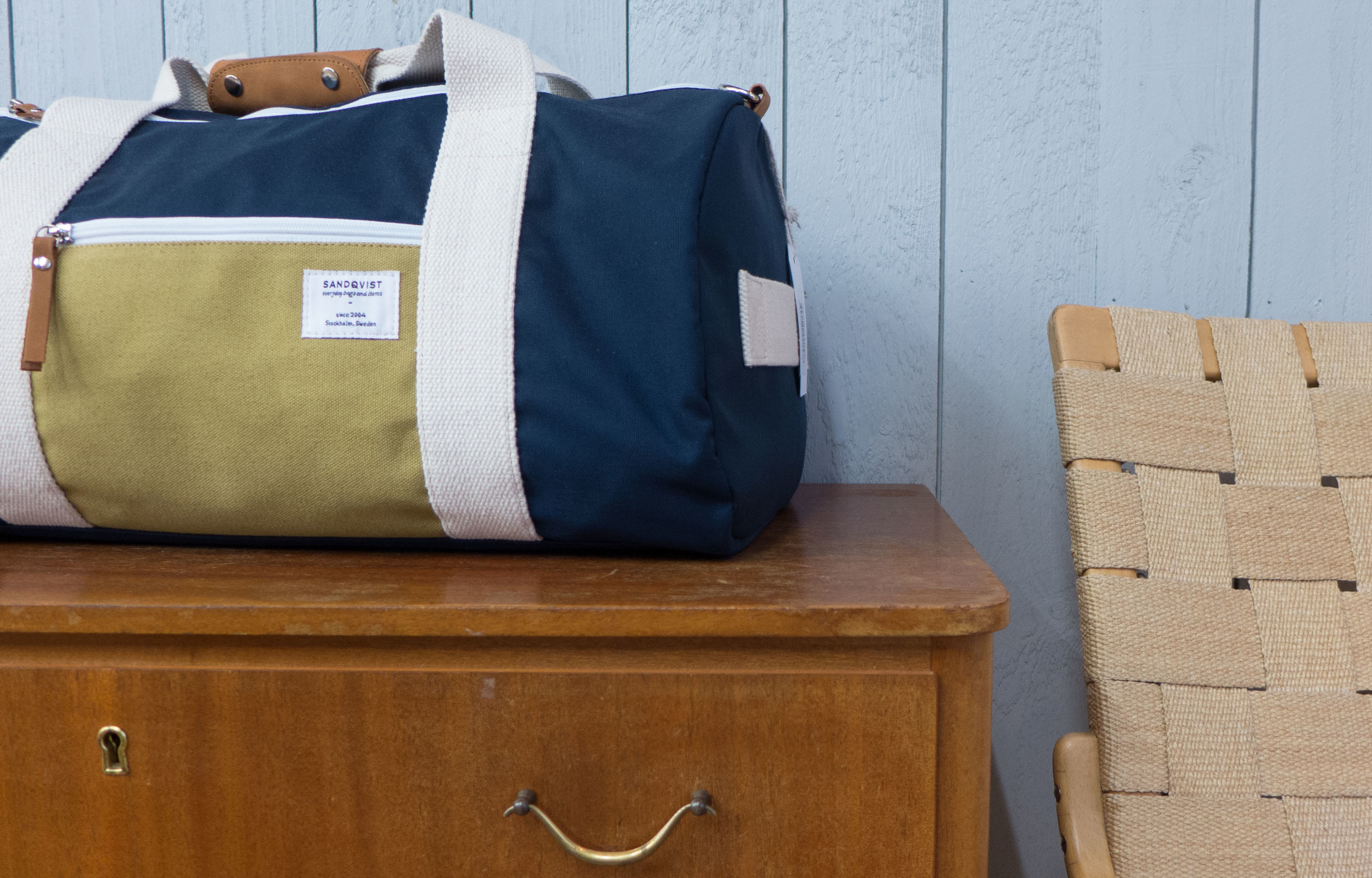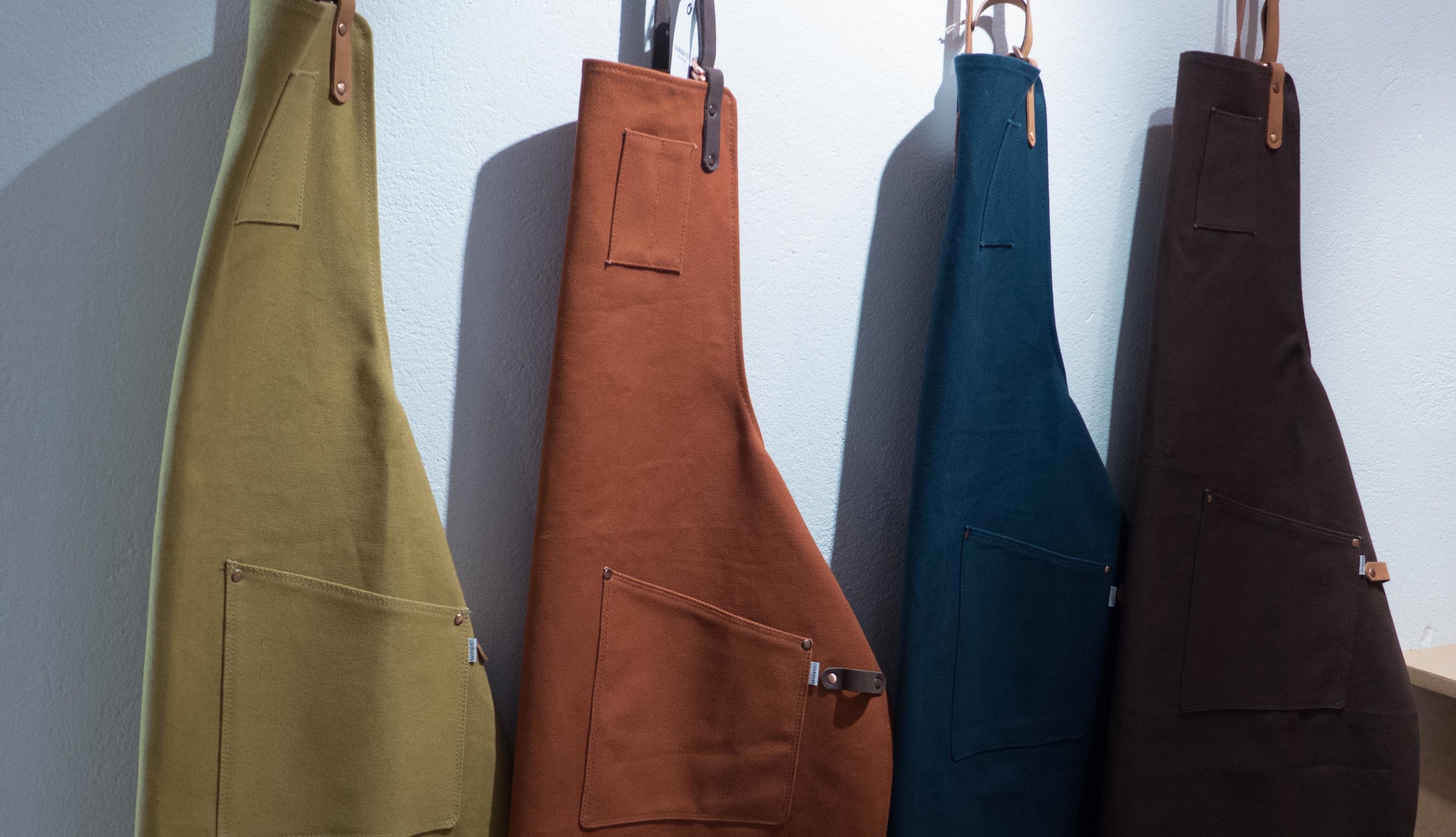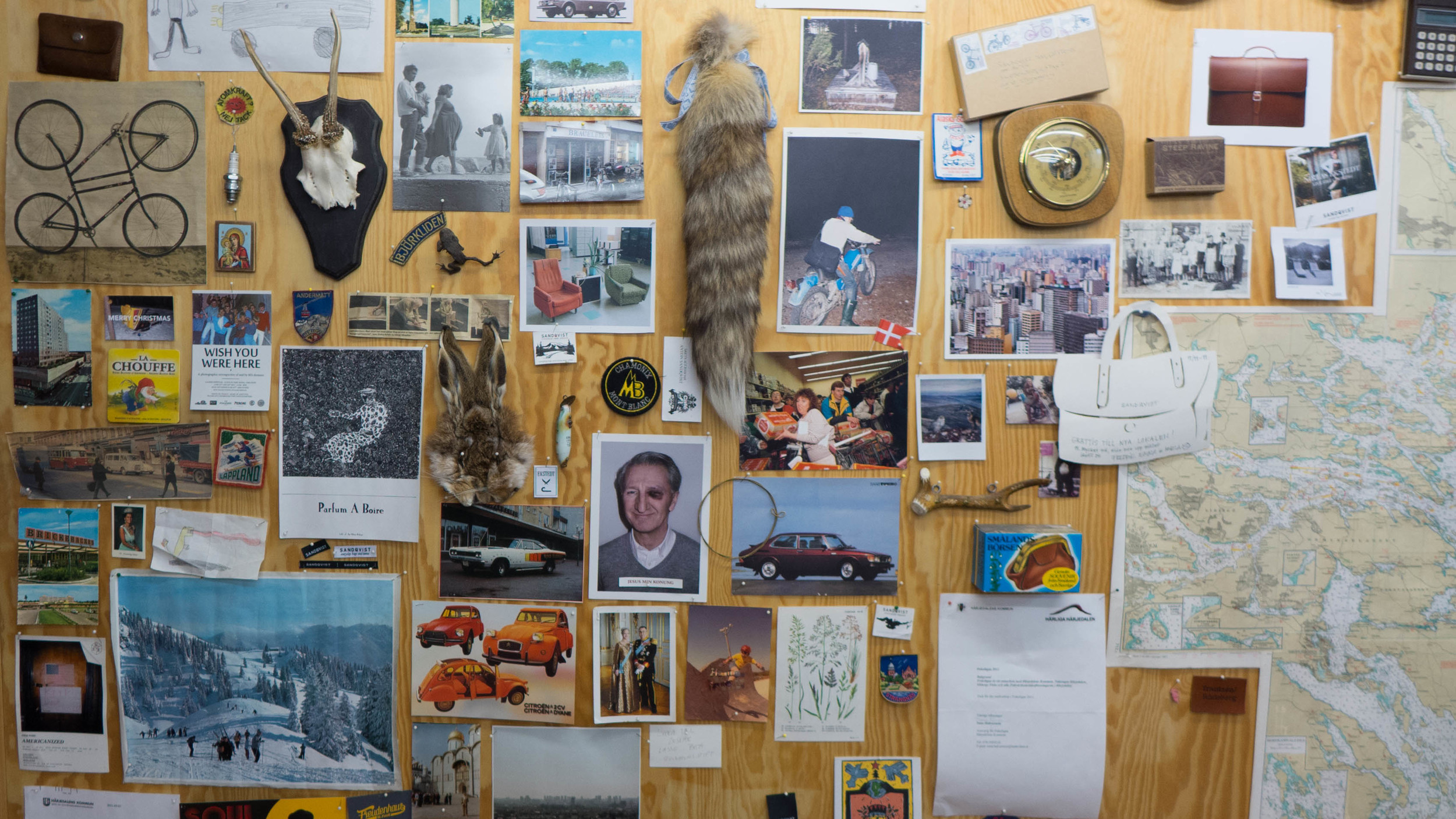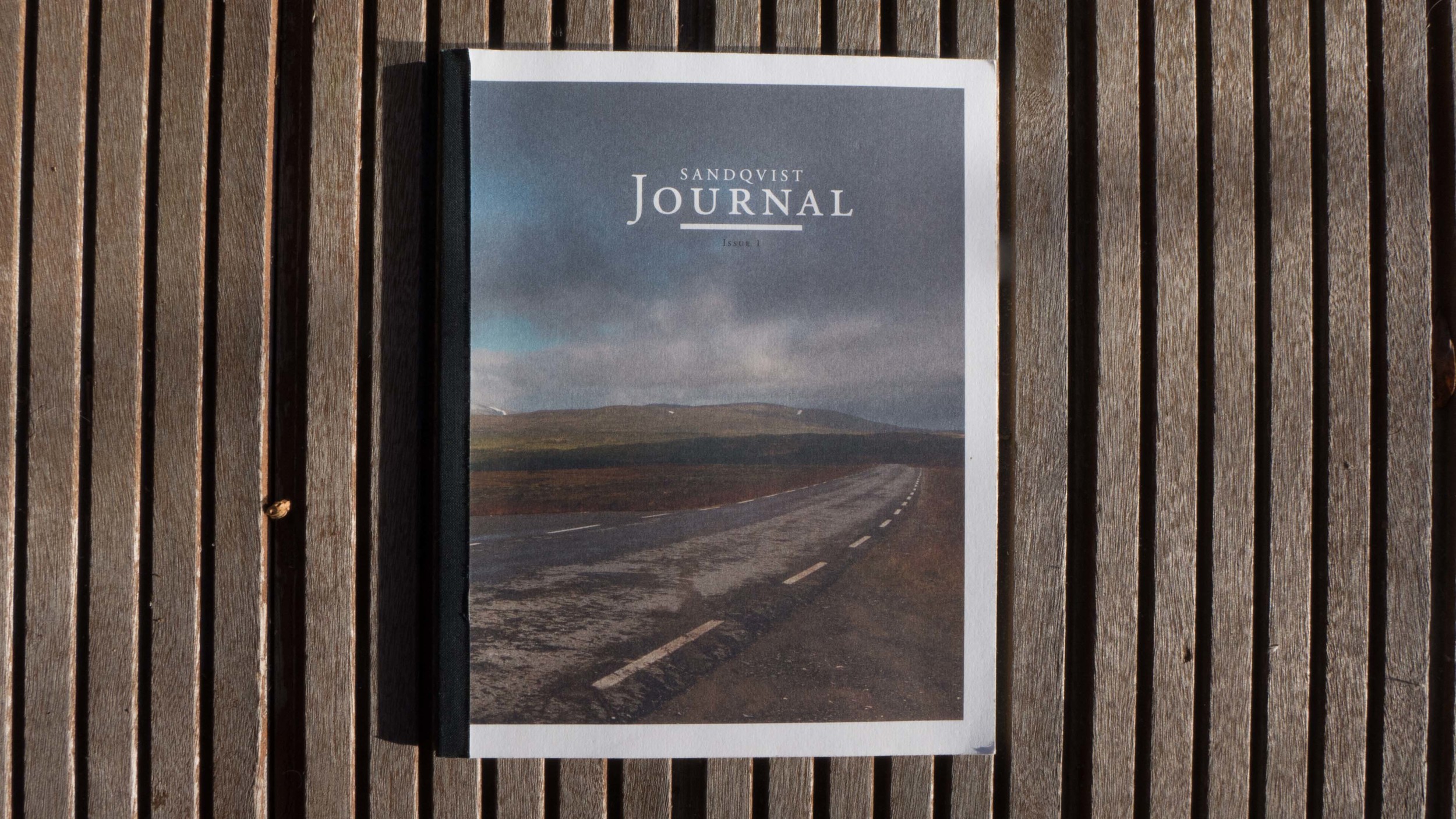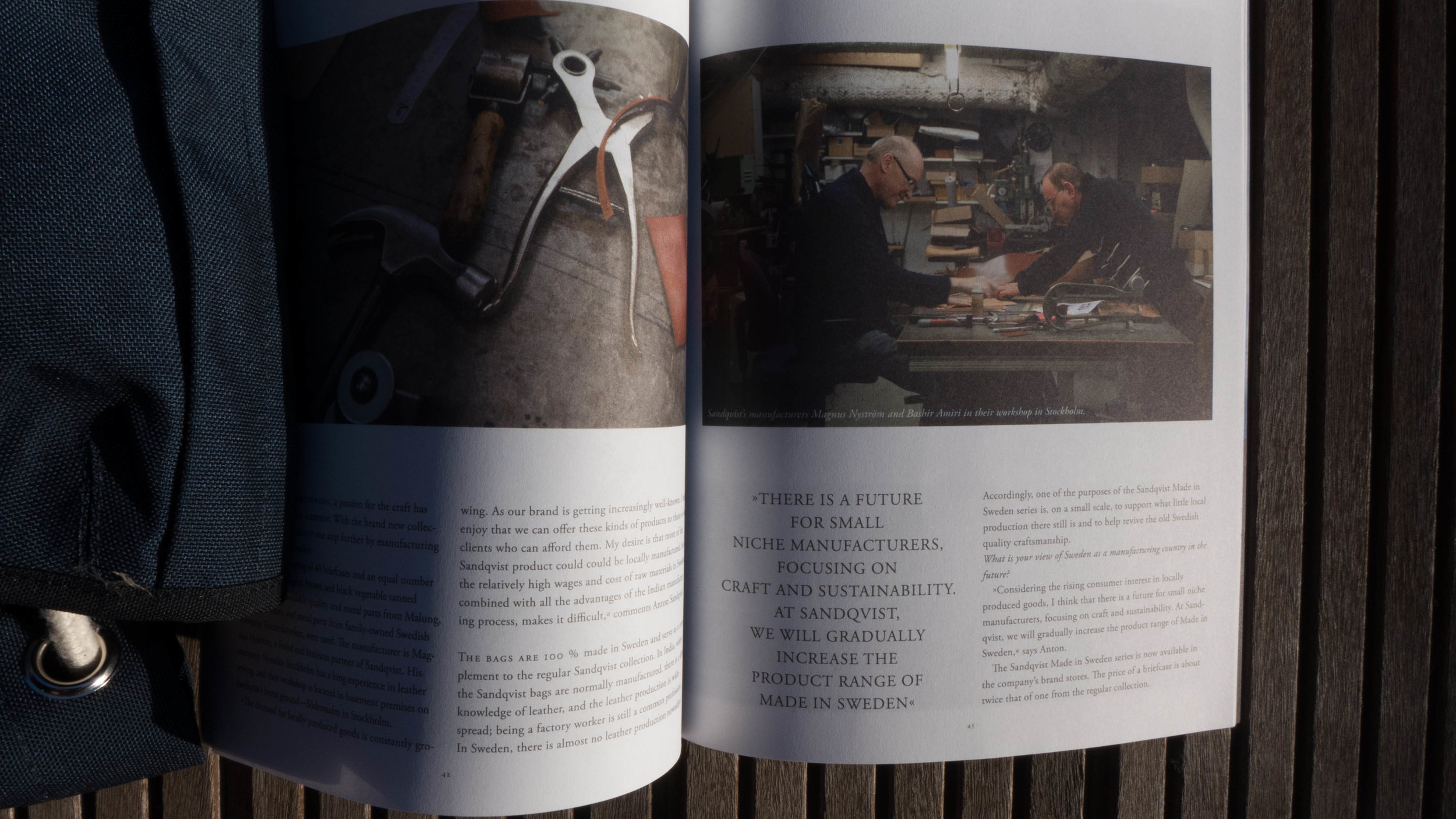In theory designing, manufacturing and selling something is a very simple sequence - so someone has an idea and produces drawings; a manufacturer makes it; a shop sells it and a buyer buys it. Yup. There you are. It’s simple.
Well actually of course it's not.
To start at the end of the sequence, for the person who buys amazing cutlery or has incredible lighting in their home or buys a beautiful chair, then design and the work of a designer as a job is probably - as far as they can see - all about being creative and imaginative. Vaguely arty. Possibly, if they have thought about it at all, they see the design process as making lots of interesting sketches on thick water-colour paper and with loads of notes and doodles. And maybe involves the odd colour swatch. So even at that superficial level there is an odd mismatch between the buyers perceptions and the reality of the design process.
Or for some buyers ‘design’ … or perhaps I mean Design … is about fashion, so about simply wanting to have the latest and possibly the best chair or table for lots of complex personal reasons … buying a certain brand or a recognised name (or at least a name they vaguely recognise) from the design world to express, in their home, their own status … or their perception of their own status … or the status they would like the world out there to think they have … Or it’s about telling the world about their taste or their ambitions or their income or their need to conform or their need to appear daring and adventurous. For those people information about the actual process of design and manufacturing are probably of no interest.
And that doesn’t begin to address the practical problems any buyer has to consider like whether or not a dining table will fit in their room or look OK with the curtains or extend to take the whole family on the two days a year the family get together or fit with the other furniture that can’t be chucked out at the moment or work with five place settings rather than four or cope with sticky fingers and toy cars during the day and wax from candles and stains from wine glasses in the evening. All incredibly complex.
And that doesn't even take into account that final point when the buyer, having decided it is exactly what they want, has to decide if it is exactly what they need and what they can afford or should spend their money on.
Not simple at all even at the end of the process when the cutlery, lamp or chair is finished and in the shop and waiting to be bought.
So - to go back to the start of the process - for the designer and that first creativity bit.
Essentially the idea, the concept, is simply the very first stage of the incredibly complex process of turning the ideas and the sketches or, more likely of course the CAD drawings, into a fully realised product.
That process requires an understanding of the intended purpose - so for instance is the posture of a person the same when they are sitting at a desk as when they are sitting at a dining table ... the ergonomics ... so would the same chair design work for both situations? The designer has to have an understanding of the materials to be used - is it right for the job in hand or will it bend or snap with heavy use? - and a designer has to have a very clear understanding of how you cut and fix and finish those materials.
Quite often, I'm sure, the buyer has little understanding that what they have bought is that shape or that size or that form because that was the only way the materials could be shaped and fixed together.
Designers also need an understanding of the context of the piece they are producing - so, for instance, understanding if their design is building deliberately on an established tradition or on the other hand are they trying to produce something truly innovative - or does it have to reflect a brand style, a national style or appeal to the taste and wealth of a specific market or will it try to be broadly international in appeal and is the design to be sold at a particular price point in a specific sector of the market? That obviously effects choice of materials - mdf or seasoned oak, cloth or leather, chrome finish or powder-coated steel - and of course the designer has to have a clear understanding of the manufacturing process for the mass production of their design and, increasingly, an understanding of packaging for transporting the item safely, and packaging to show the piece at its best when it is displayed in the shop or improve how it will look in the on-line catalogue photo.
A designer won’t get very far in their career if they design something that is impossible to make, or impossible to make at a realistic cost, or is impossible to pack and ship. And they don’t deserve to succeed if they design a knife that won’t cut or a light that gives you an electric shock or a chair that is impossibly uncomfortable.
Broadly all this is the technology part of design that brings that first idea through to its final and successful realisation. And it is, curiously this, the technology side of production, that the consumer, generally, understands and appreciates least.
And my take on this is that if the buyer doesn’t understand the technology - the how and the why of a design - how can they make a rational judgement about the relative merits of the things in the shop when they are trying to choose between the different options on offer and how can they decide if it is good value let alone if it’s well designed and well made or badly designed and badly made? I’m mystified.
So that's both ends of the "simple" sequence and we haven’t even considered the factory end, transporting, advertising, marketing, sales and after sales servicing …….



